Introduction
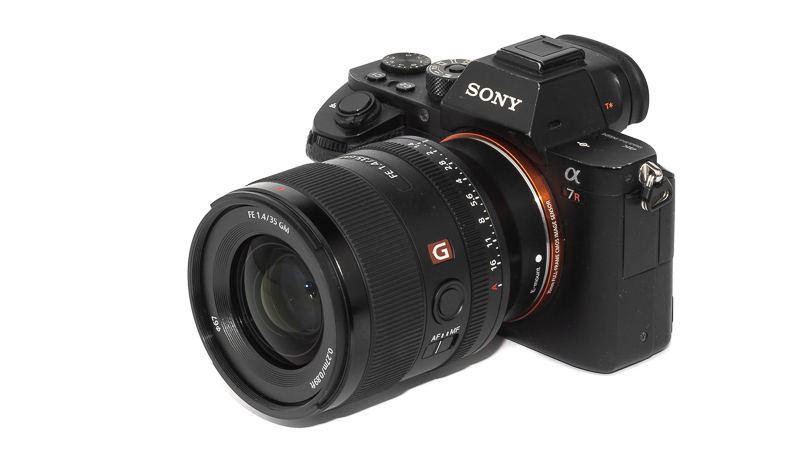
A fast 35mm lens is one of the most popular lenses for wedding and reportage photographers. In the Sony world we had to wait a long (read: very long) time for a really good one though, as the Sony FE 35mm 1.4 ZA was a bit of a dud with its huge sample variation and even the third party manufacturers were a bit late too the game (I am looking at you, Sigma 35mm 1.2 Art DG DN).
Now Sony has proven they know what the duds in the lineup are and after 5 years released the Sony FE 35mm 1.4 GM to rule them all. Let us have a look, if this really is the perfect fast 35mm lens.
Sample Images

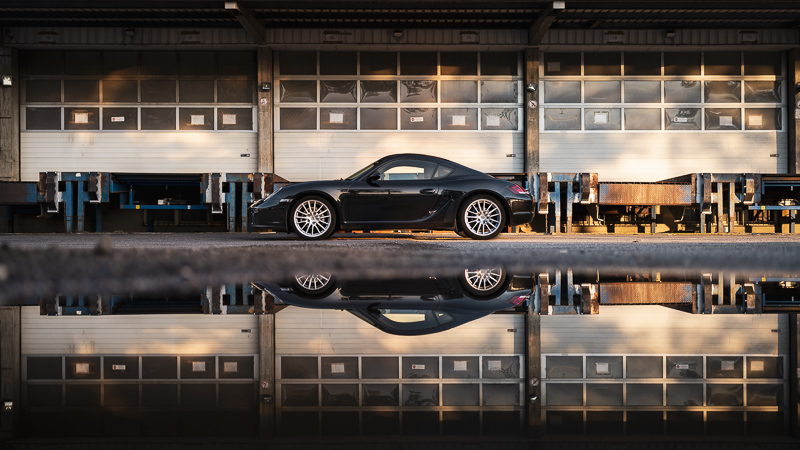
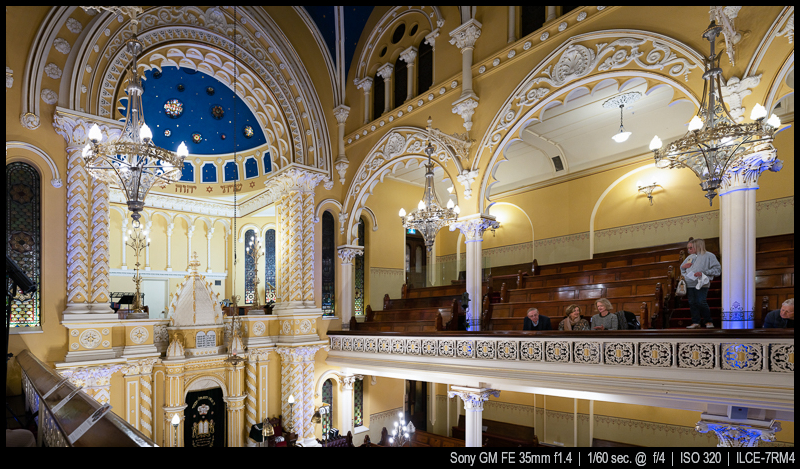
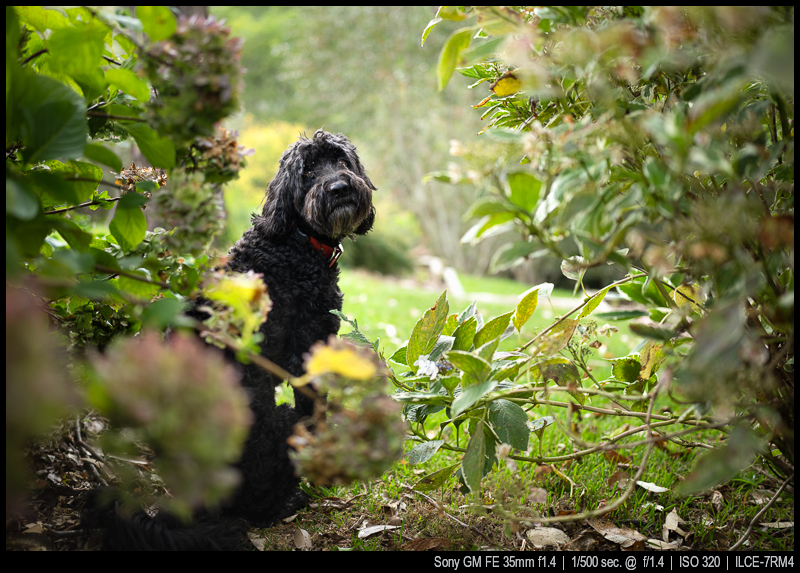
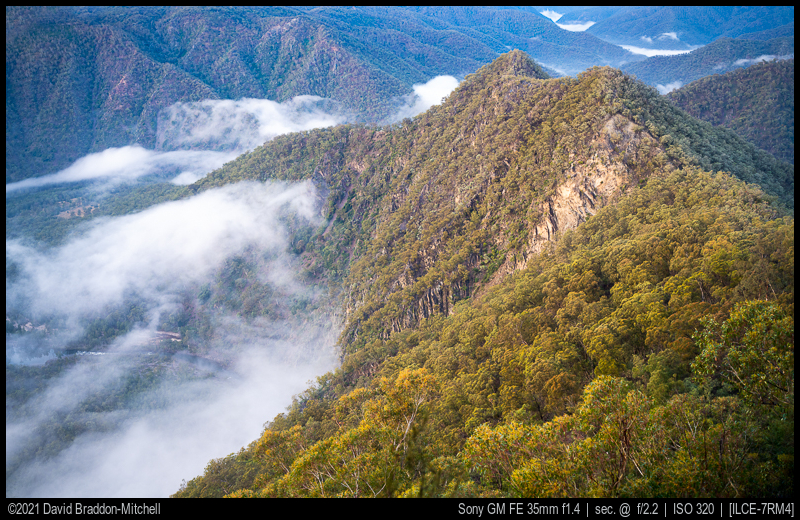
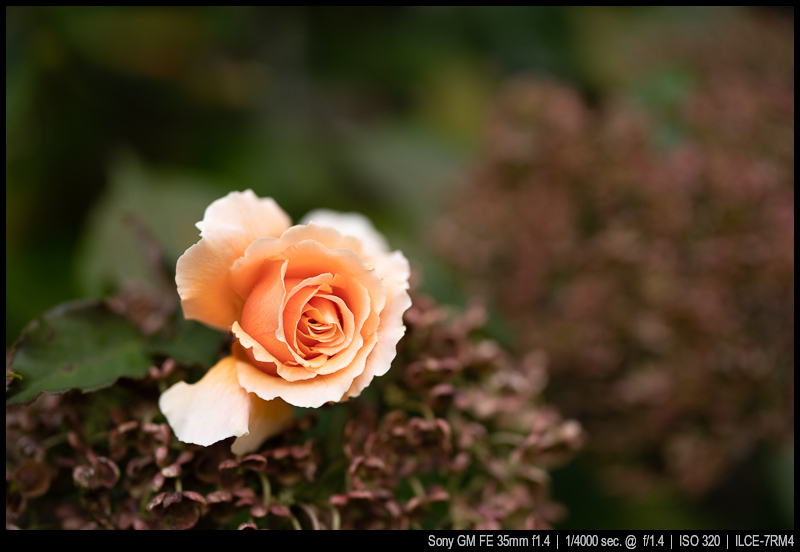
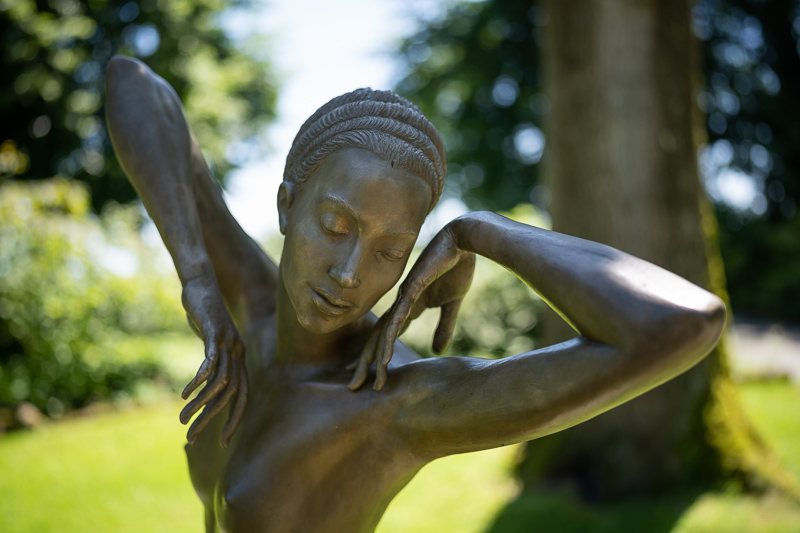
You can find most of the sample images in full resolution here.
Contents
Specifications / Version History
The Sony FE 35mm 1.4 GM is the successor to the Sony FE 35mm 1.4 ZA. We are used to newer lenses being optically better than the ones they replace, but also bigger and heavier. As you can see when comparing the specifications this is surprisingly not the case here: the newer Sony FE 35mm 1.4 GM is smaller, lighter, focuses closer and makes use of the better 11 blade diaphragm.
-
- Diameter: 76 mm
- Field of view: 63° (diagonally)
- Length: 96 mm
- Weight: 520g (without hood, without caps)
- Filter Diameter: 67 mm
- Number of Aperture Blades: 11 (rounded)
- Elements/Groups: 14/10
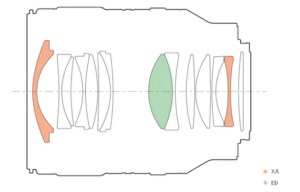
- Close Focusing Distance: 0.27 m (AF) | 0.25 m (MF)
- Maximum Magnification: 1:3.9
- Mount: Sony E
The lens is available from amazon.com | amazon.de | B&H | ebay.com | ebay.de (affiliate links) and the price is $1399/1659€.
Handling/Build quality
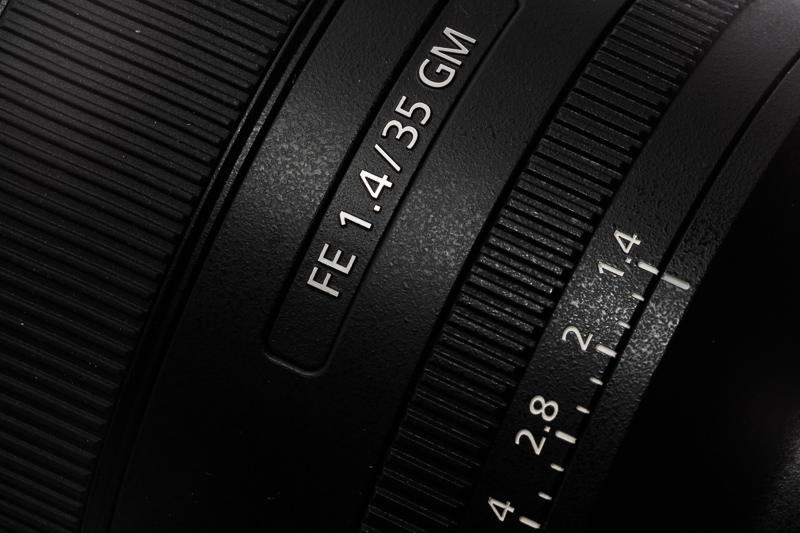
In short: we are getting all the GM goodness (declickable aperture ring, AF-MF switch, focus hold button, linear manual focus) but also some improvements over earlier GM lenses like the Sony FE 85mm 1.4 GM.
The rubberized focus ring has decent damping and works better for me than those of the ZA lenses, especially as it does not matter how fast you turn the focusing ring but only how far.
It takes 180° from the minimum focus distance (0.25 m) to infinity.
When you turn your camera off the lens will remember the last focus position and will still be there when you turn the camera on again.
The aperture ring has 1/3 of a stop click stops (which you can declick by using a lever on the lens) and those are more distinct compared to the FE 35mm 1.4 ZA.
You can also set the ring to “A”(utomatic) and let the camera choose the aperture value or use the camera dial to change the aperture value when it is set to “A”.
Compared to the Sony FE 85mm 1.4 GM the click stops are more distinct, especially the “A” setting. Nice touch.
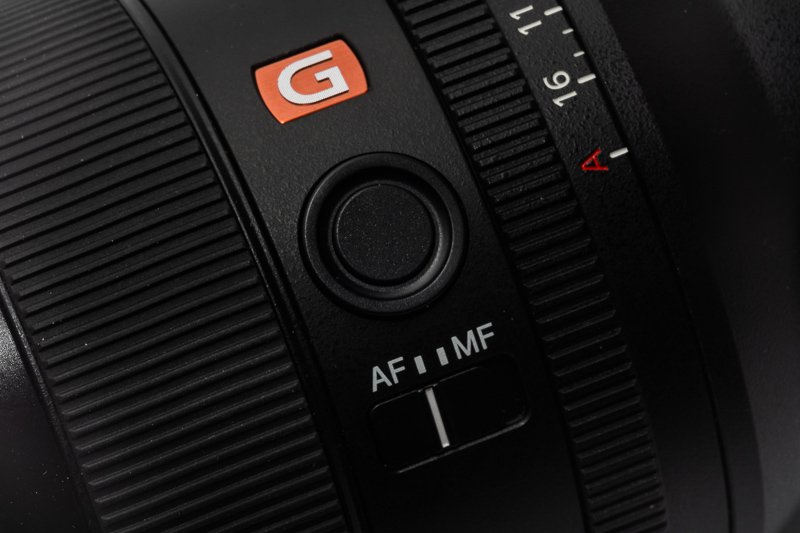
On the left side of the lens there is a programmable button and an AF-MF switch.
The outer casing seems to be made from a high quality polycarbonate and all markings are engraved and filled with paint.
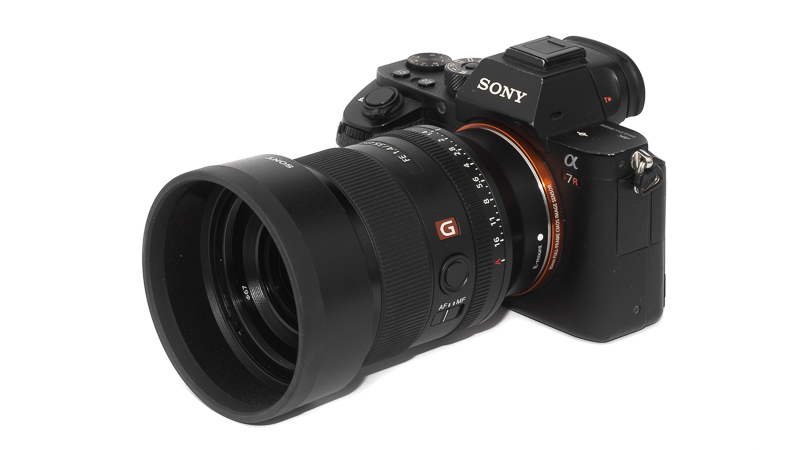
The hood also features higher than usual build quality with a rubberized front bumper and felt on the inside to counteract stray light. Furthermore there is also a button which you have to press to remove the hood, which is usually only found on higher grade tele lenses.
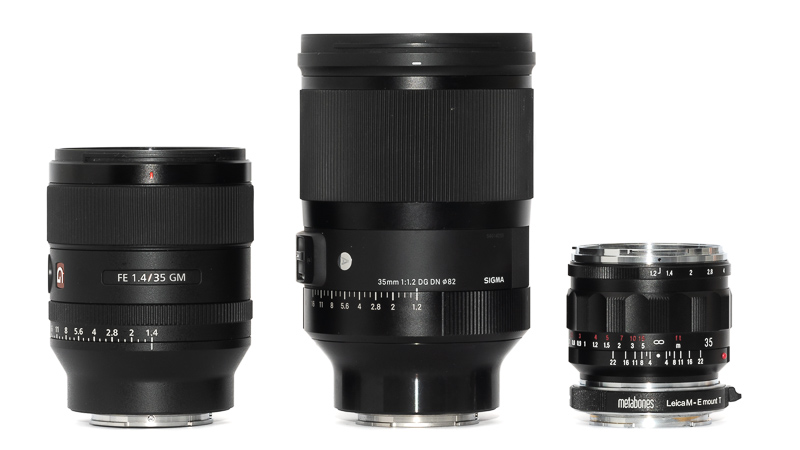
The Sony FE 35mm 1.4 GM is significantly smaller than the half-a-stop-faster Sigma 35mm 1.2 Art DG DN whereas the optically inferior Voigtlander 35mm 1.2 is still noticeably smaller.
Vignetting
light falloff
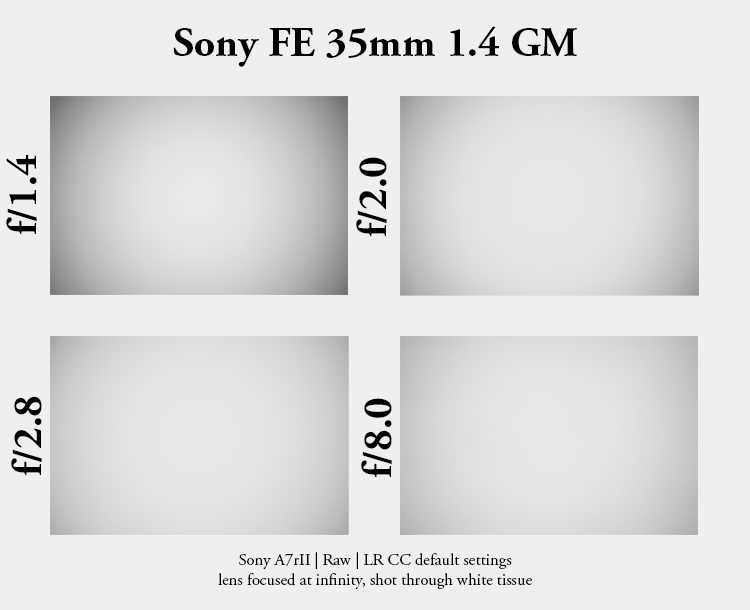
| f/1.4 | 2.6 EV |
| f/2.0 | 2.0 EV |
| f/2.8 | 1.7 EV |
| f/4.0 | 1.4 EV |
| f/5.6 | 1.4 EV |
| f/8.0 | 1.4 EV |
| f/11 | 1.4 EV |
At shared apertures these values are comparable to the Sony FE 35mm 1.4 ZA, stopped down the Sigma 35mm 1.2 Art DG DN shows about half a stop less corner shading.
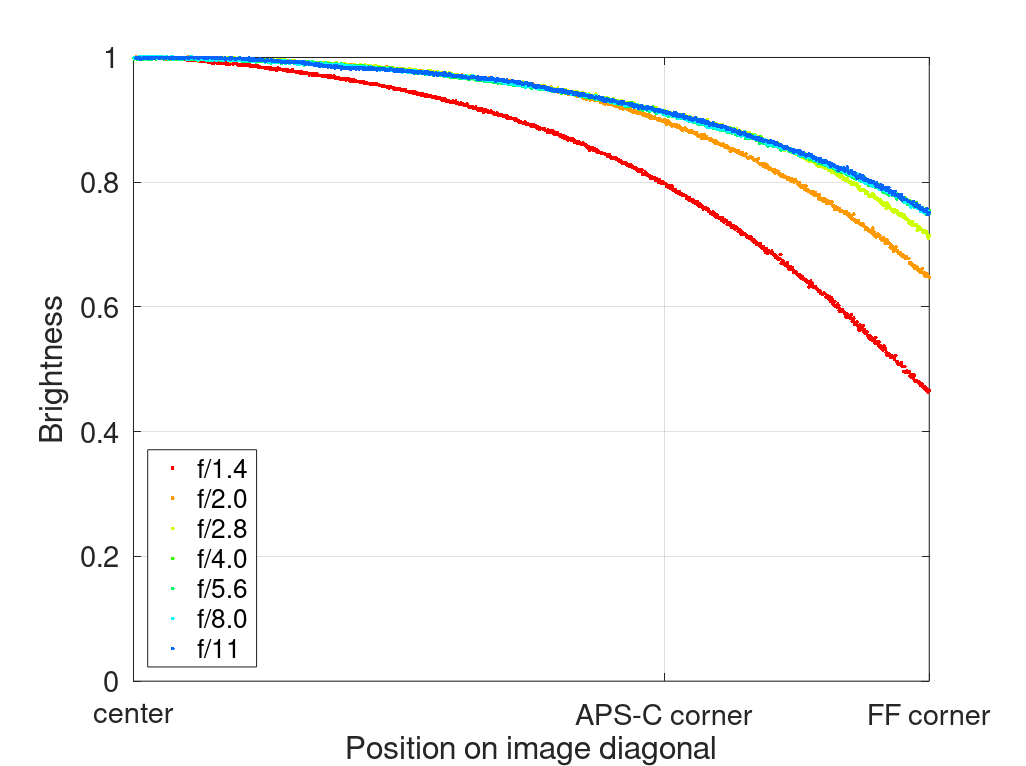
It is recommended to have a look at this article first to get an idea how this brightness graph works.
optical vignetting
Fast lenses usually show a noticeable amount of optical vignetting. Without going too much into technical details optical vignetting leads to the truncation of light circles towards the borders of the frame.
In the center of the frame almost every lens will render a perfect circle, but only lenses with very low optical vignetting will keep this shape in the corners.
So in the following comparison we move from the center (left) to the extreme corner (right) and see how the shape of the light circle changes.
I did shoot both lenses side by side, they were set to the tipping point between 0.3 and 0.4 m on the digital distance scale to get the same focus distance on both lenses. Focus breathing might have an effect at these distances.
In the past some of the Sony GM lenses have shown an above average performance in this category (e.g. Sony FE 85mm 1.4 GM and Sony FE 24mm 1.4 GM) and also the Sony FE 35mm 1.4 shows a decent performance.
In a direct comparison with the Sigma 35mm 1.2 Art DG DN we obviously get bigger circles with the Sigma lens ( = more subject separation due to it being a faster f/1.2 lens) in the center and the midframe areas whereas in the corners the difference is smaller. So the Sigma lens shows slightly higher optical vignetting.
Both 11 blade diaphragms do a really good job at keeping the highlights round and both lenses show mild onion ring structures due to their aspherical lens elements.
Sharpness
infinity (42mp Sony A7rII)
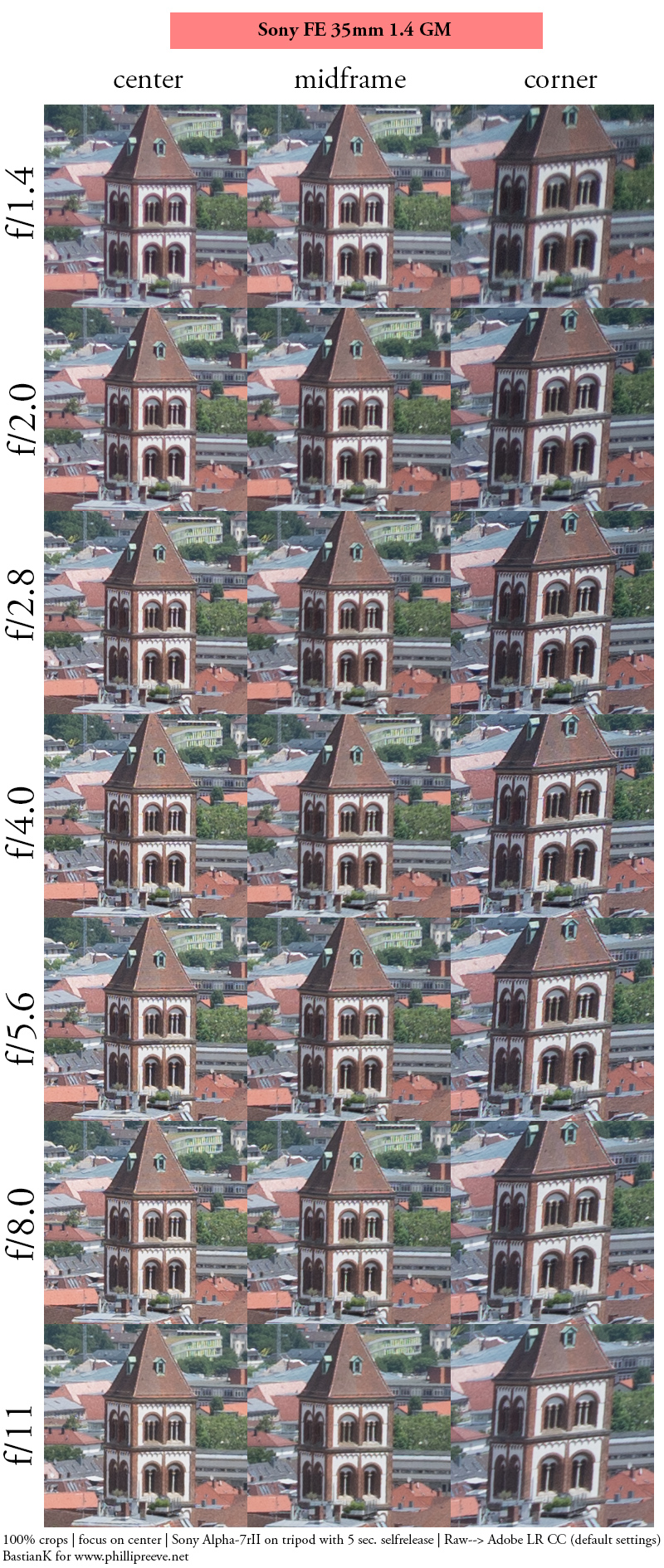
With the latest Sony GM lenses we always got great across frame performance even at wider apertures and the 35mm 1.4 GM is no exception.
Now if you compare this chart to the one in my Sigma 35mm 1.2 Art DG DN review the Sigma’s corners look better at f/1.2, but in David’s case it was the other way round, so the differences you are seeing are well within the margin of sample variation.
Don’t ask which of these two is the sharper lens, both are more than good enough for anything and this also becomes very apparent when comparing them to the Sony FE 35mm 1.4 ZA, which is not even remotely playing in the same league.
portrait distance (1.0 m)
For portraiture it isn’t so important how flat the field is, it is more interesting to see what the sharpness is like when focused at different parts of the frame to take field curvature out of the equation.

This is what I did here, I refocused for every shot and aperture to get the best possible result at different locations in the frame (center, inner midframe and outer midframe).
Focus distance was roughly 1.0 m and the circle of the dollar bill is more or less the size of a human eye.
100% crops, A7rII
Also at portrait distances the Sony FE 35mm 1.4 GM shows a great performance. In the outer midframe I got a bit more moiré with the Sigma 35mm 1.2 Art DG DN @f/1.2 in a direct comparison, but these differences are completely negligible.
close (0.25 m, 1:3.9)
100% crops from center, A7rII
Performance at and near the minimum focus distance is impeccable. Also field curvature is almost perfectly corrected, so the lens can double as a mild (1:4) wide angle macro lens.
Flare resistance
As always evaluating flare is a complex matter since you can get any lens to look bad if you push it hard enough and a slight change of scenario can affect results a lot.
Veiling Flare and artefacts with the sun just outside frame
Here is the absolute worst case I could create, at three apertures. I should note though that this only happens at a very specific position of the sun outside the frame. Moving it only millimetres away removes the issue, as does shading with a hand!
Interestingly, this effect goes away almost completely using your hand to shade the lens. It also goes away using a slightly longer hood! I tried wrapping black cardboard around the supplied hood to extend it and with no vignetting eliminated veiling flare. Supplied hoods are usually (sensibly) a compromise between being compact and effective for 99% of images, and being optimal for shading, but very much larger. I personally would not want a larger hood; I much prefer a useful but compact hood, and use my left hand to shade in the rare cases when needed.
This is a respect in which I found the Sony preferable to the Sigma: quite apart from the overall better flare performance of the Sony, I was not able to successfully hold the Sigma in my right hand and shade with my left, due to the size and weight of the Sigma.
Flare with sun in frame
In any case here is a set of sun-in-the-image photographs wide open, at corner, rule of thirds intersection and centre.
This is very impressive performance. Contrast stays very high, and the he only image in which I can see any artefact is a tiny green image in the the ROT intersection frame. Since sometimes flare gets worse, or at least more defined, as you stop down I decided to make an aperture series in that location:
In this category the Sony FE 35mm 1.4 GM is doing a better job than the Sigma 35mm 1.2 Art DG DN. With the Sigma you should really be using the hood and even then veiling flare can still be an issue.
Coma
100% crops from extreme corner, focused on corner, A7rII
I see a little more coma with this sample here compared to the Sigma 35mm 1.2 Art, but it is nevertheless a very good performance.
Distortion
Sony A7III | Sony FE 35mm 1.4 GM | f/2.8
There is a bit of wavy pincushion distortion but the profiles are doing a good job at correcting it.
Bokeh
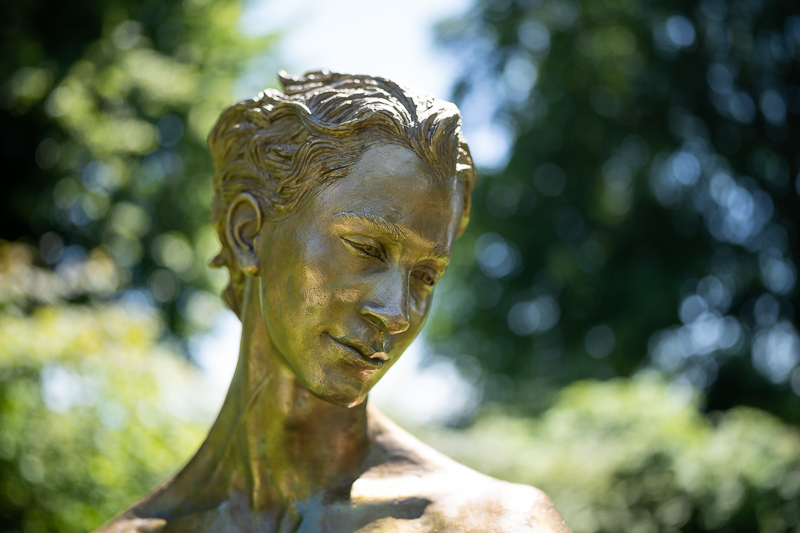
The bokeh rendering is probably a very important aspect for many people interested in buying a fast 35mm lens. Some of the previous GM lenses put a huge emphasis on this and the Sony FE 24mm 1.4 GM as well as the Sony FE 85mm 1.4 GM surpassed all the competition here. In the 35mm realm Sony is facing a serious competitor in form of the Sigma 35mm 1.2 Art though, so let us see if the Sony FE 35mm 1.4 GM manages to follow these footsteps.
Close distance
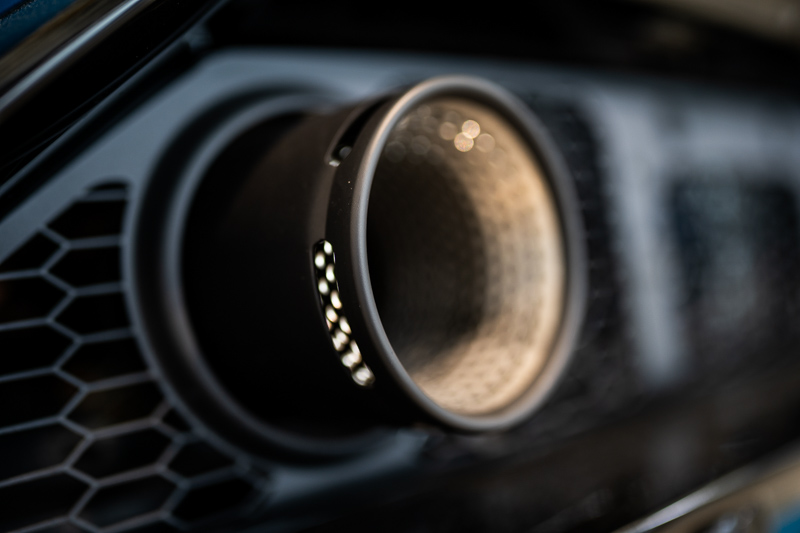
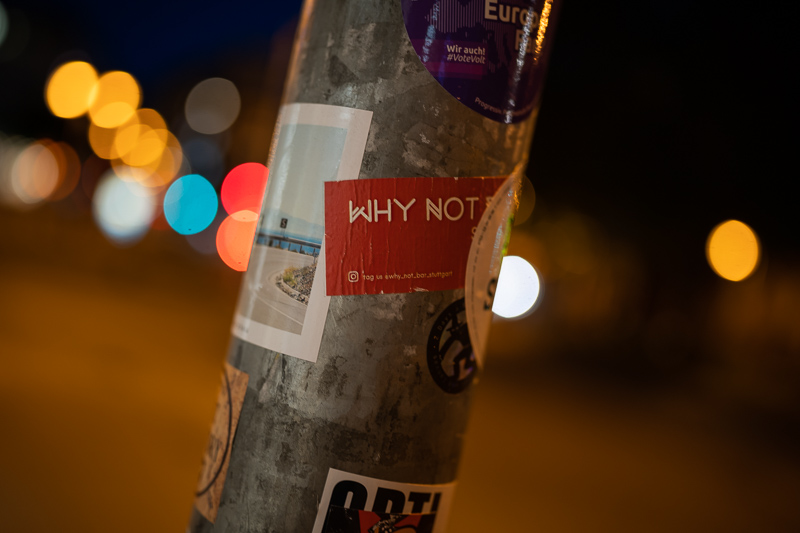
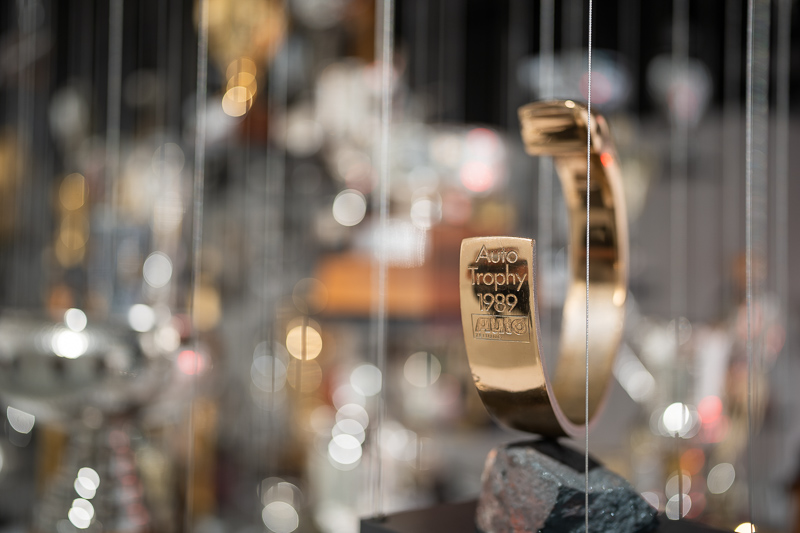
As is ususally the case in close focus scenarios the bokeh is smooth and non-distracting and as we are used from the GM lenses optical vignetting is comparably low here.
Mid distance

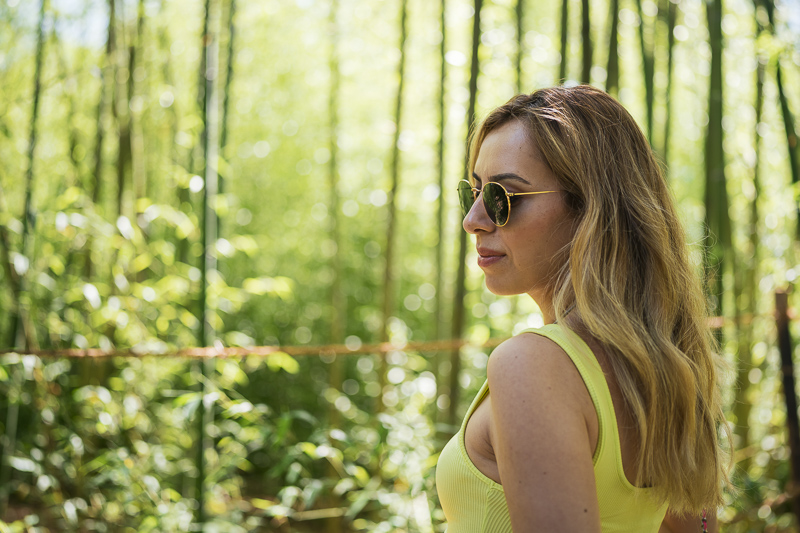
Cat’s eye shaped highlights can become visible at these distances, but the remain mostly undistracting. With more complex backgrounds some nervousness appears in the transition zone though.
Long distance
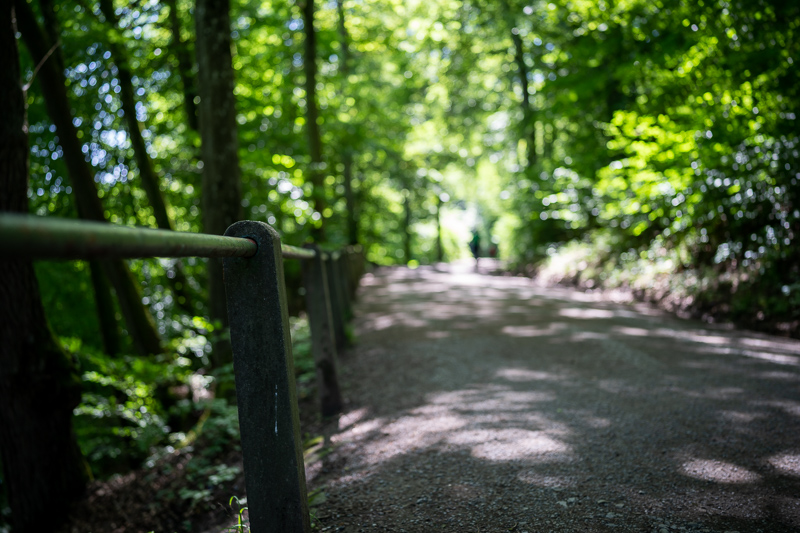
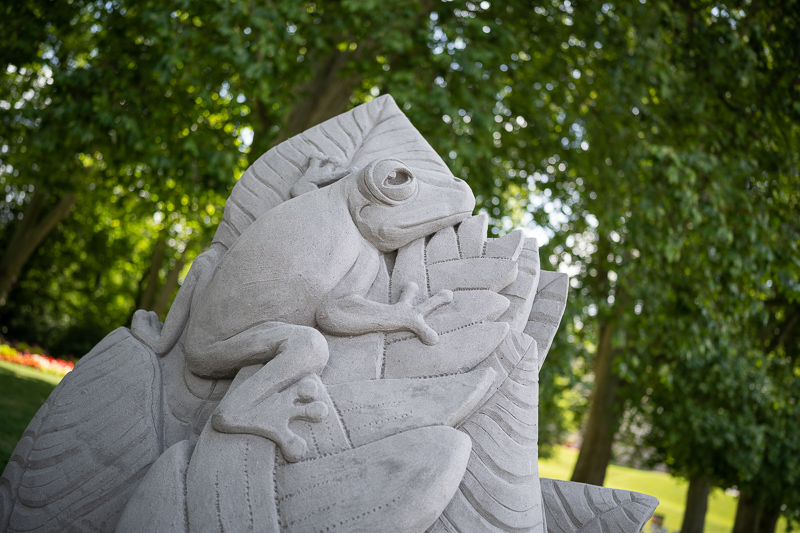
At longer focus distances where the background is only slightly out of focus 35mm lenses usually struggle the most and the Sony FE 35mm 1.4 GM is no exception: towards the borders we see some outlining around point light sources that lead to a more nervous rendering, the only lens I know that can do a little bit better is the Sigma 35mm 1.2 Art DG DN though (see next section).
Compared to Sigma 35mm 1.2 Art DG DN
Scene 1: Forest close
Scene 2: City close
Scene 3: Forest mid
Scene 4: Forest far
Scene 5: City far
Observations
When seeing both lenses side by side what is most obvious, is the Sony lens being a bit wider which of course makes direct comparisons a little harder, but it is how it is. For everything but scene 1 a tripod has been used so the camera position was the same.
Personally, in every scene I prefer the Sigma’s bokeh rendering, as the highlights in the background are simply rendered smoother. In scene 4 I also added the Sigma @ f/1.4 but as we already know the Sigma’s bokeh doesn’t change a lot between f/1.2 and f/1.4 away from the center.
The noticeable differences are in the center and the midframe though, in the corners the lenses look very similar and will be hard to distinguish.
My favorite is the Sigma here. Even though the differences are not huge, the Sigma often gives that little extra.
As always you best judge by looking at the samples and deciding for yourself, what is good for me is not necessarily good for you.
Sunstars
100% crops from center, A7rII
The Sony FE 35mm 1.4 GM features 11 rounded aperture blades which means it will only rarely yield obvious sunstars. Between f/11 and f/16 they do look nice and unobstrusive though. If you want to learn more about this topic have a look at this article.
Chromatic aberration
lateral
Lateral CA are already corrected by the built in lens correction profile in most raw converters, so in the end: you won’t see any.
longitudinal
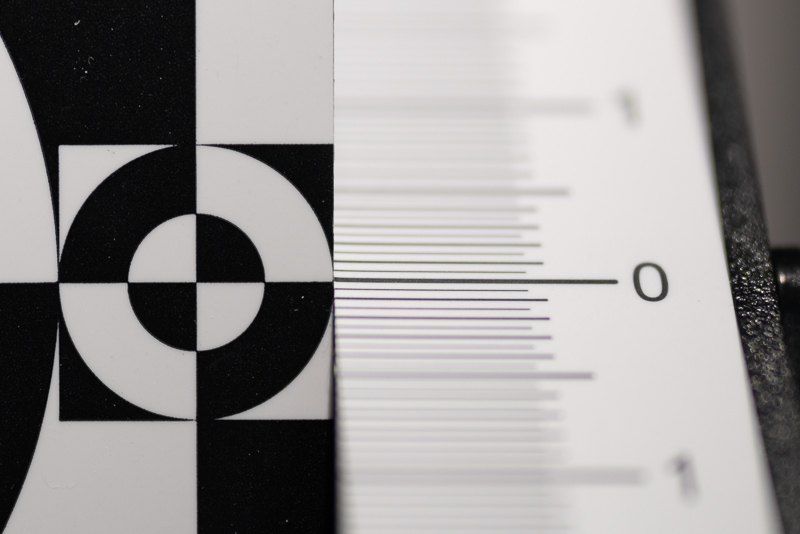
Longitudinal CA are generally well corrected, the performance is similar to that of the Sigma 35mm 1.2 Art DG DN, maybe even a little better, which is good news.
The bokeh fringing can be visible at times, but it will hardly be enough to make you worried or even ruin your shots.
Alternatives
By now there are plenty of 35mm lenses available, so we put together a rather comprehensive guide on 35mm lenses for Sony FE cameras which should give you a good overview.
Conclusion
good
|
average
|
not good
|
Bastian’s Take
This is the 17th 35mm lens I reviewed here and it might easily be the best of them. It is really hard to find a flaw with this lens, I would have to name the high vignetting stopped down or the high price, but then neither is unreasonable. Video guys may also be bothered by the strong focus breathing, but for stills I don’t think it is an issue at all.
Unlike David (see below) I am not going to sell my Sigma 35mm 1.2 Art DG DN to get one of these though. In the direct comparisons I always preferred the bokeh rendering of the Sigma lens and this matters to me more than the size and weight differences. Also: I have other 35mm options available, if I want to go really small and light.
These are the same reasons I kept the Sony FE 85mm 1.4 GM instead of opting for the smaller Sigma 85mm 1.4 Art DG DN.
If you are looking for the one do everything 35mm lens though, the Sony FE 35mm 1.4 GM clearly is it.
David’s Take
Bastian has done all the heavy lifting on this review, but I’ve had it for a while — I sold my Sigma 1.2/35 and purchased a copy of this GM, so we agreed I’d add a few words of my own take.
I like it very much. You can see from Bastian’s review that optically it’s as good as we ever need a lens to be, and I concur completely. (in terms of corner sharpness either my Sigma was a little bit worse than his, or my Sony was a little bit better than his, or both. But any of the four copies of these lenses would be outstanding, and well within expected reasonably variation.)
So lets not talk about its optical properties, at least not in isolation. What is amazing about the lens for me is that it is the first 1.4/35 AF lens that doesn’t feel like a special purpose tool. It’s just small and light enough that it can be our go-to general purpose lens, and give you great results at every aperture and distance. Would I on occasion prefer the crisp sunstars of some manual focus straight balled 35s? Maybe, but the only fast one that makes sense at all is the ZM 1.4/35, and that is not quite as good overall, astonishingly, and it requires adapting and a special PCX filter to perform well on Sony. Would I prefer the Sigma 1.2 Art’s speed and bokeh from time to time? Yes, but but only occasionally and only slightly. I sold it to get the GM knowing this, and I have never regretted it for a moment.
The only class of Sony shooter (aside from those on a tight budget) for whom I’d recommend a different lens is someone who almost only shoots landscape, and almost never people. They should buy the CV Apo Lanthar 2/35 and get a slight weight and size reduction, and nicer sunstars at some apertures, and the pleasure (for at least some of us) of using a true helicoid lens. Everyone else who can afford it: just buy this lens.
The lens is available from amazon.com | amazon.de | B&H | ebay.com | ebay.de (affiliate links) and the price is $1399/1659€.
Sample Images

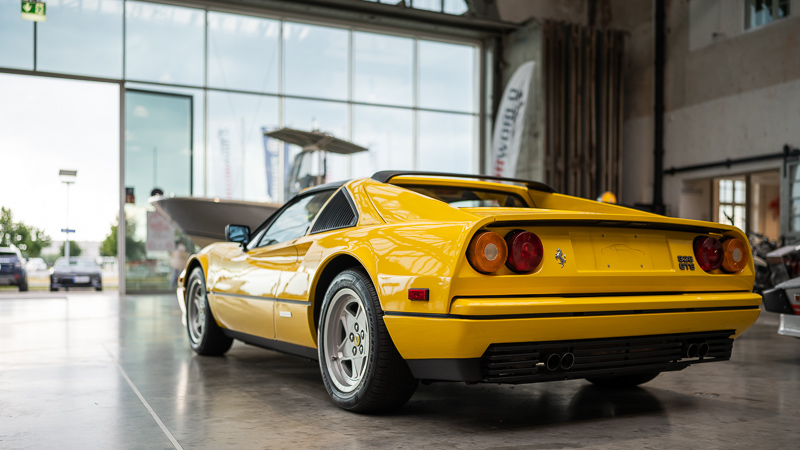
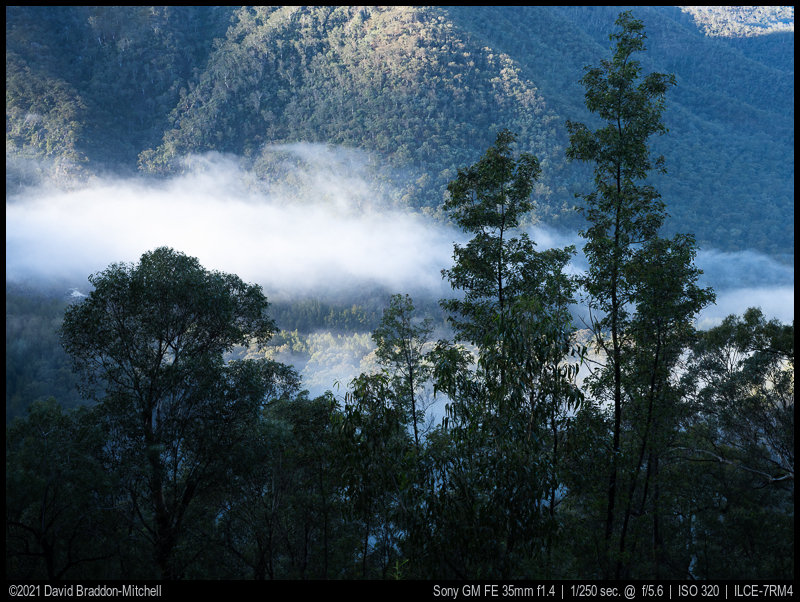
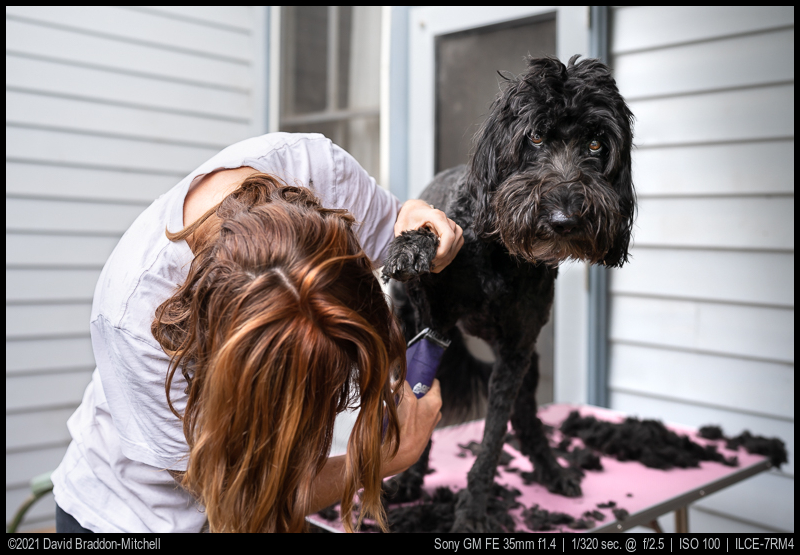
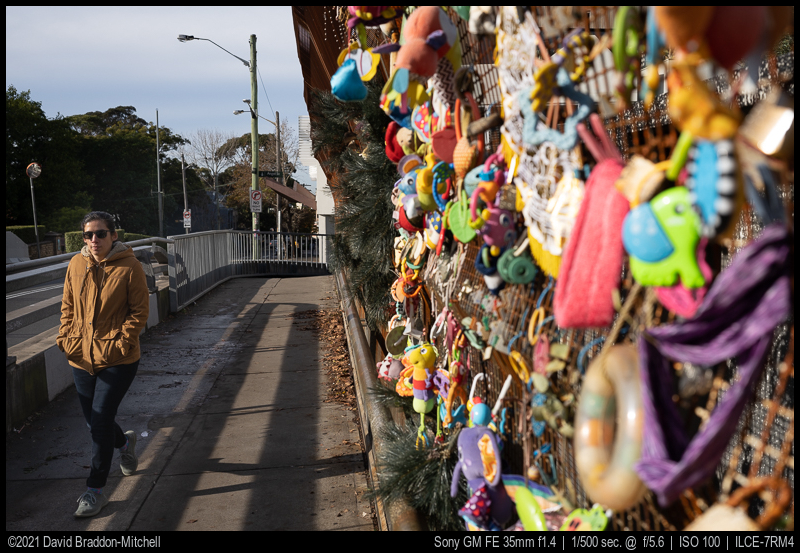
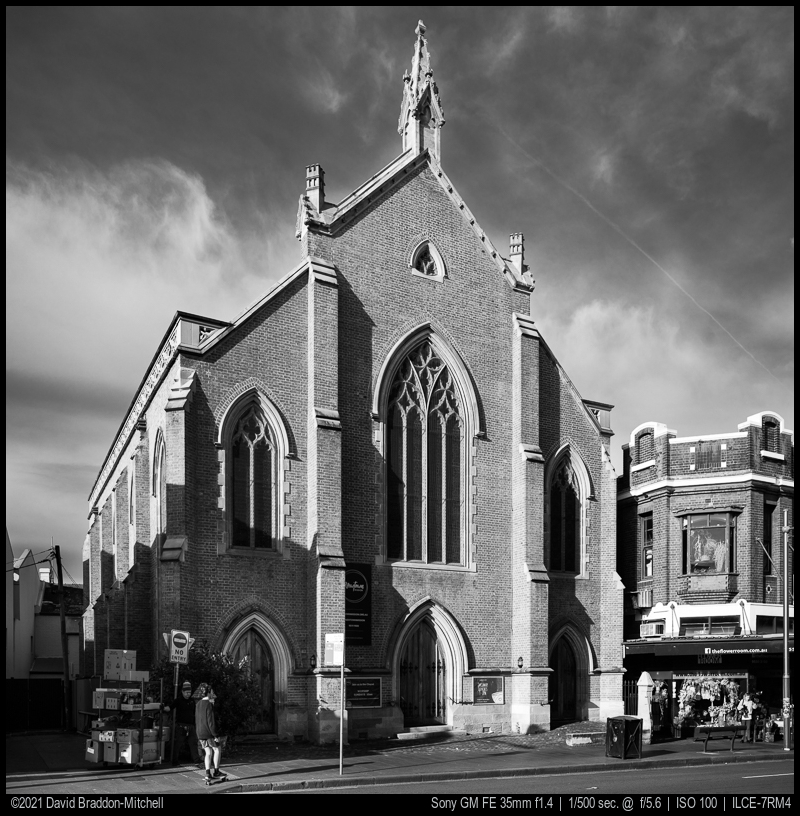
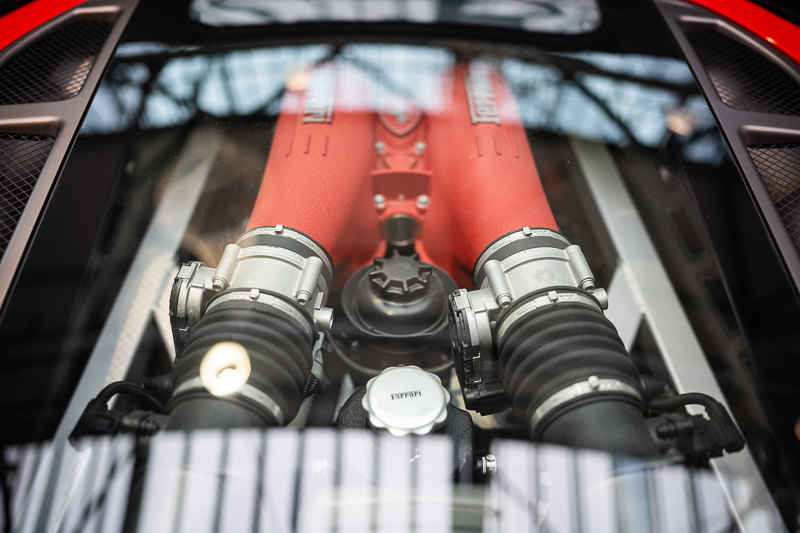
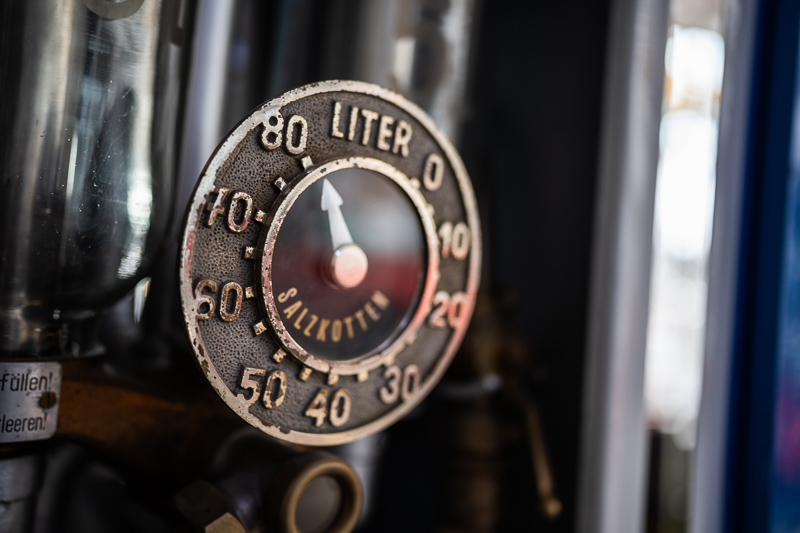
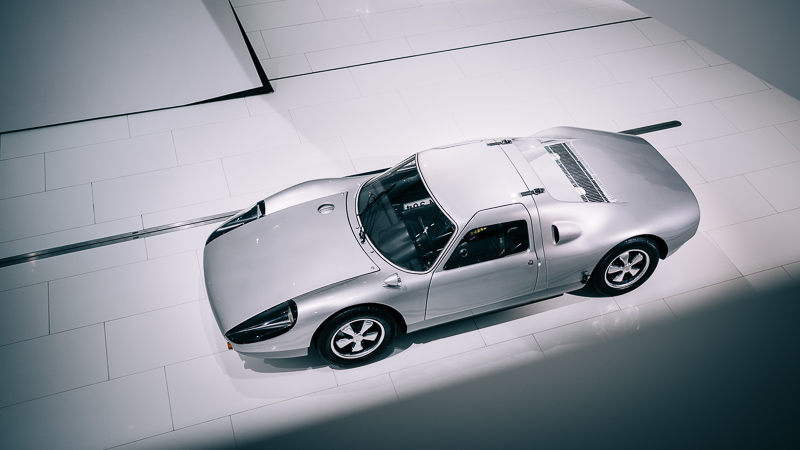
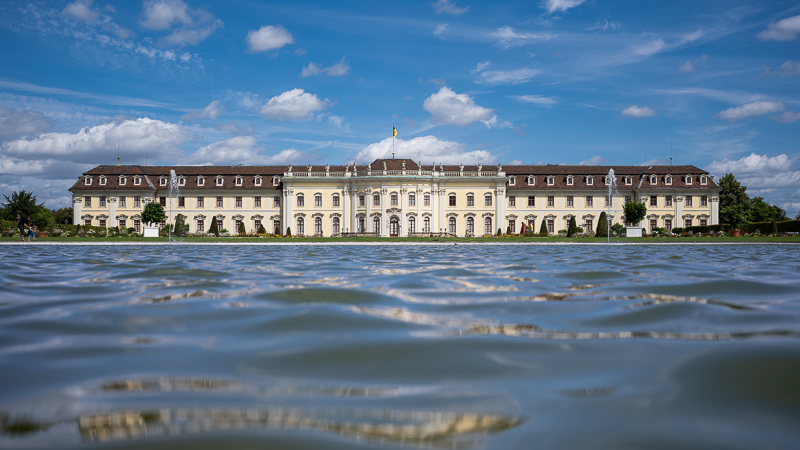
You can find most of the sample images in full resolution here.
Further Reading
- Sony FE lenses: Our comprehensive and independent guide
- Sony FE lenses: Our guide to portrait lenses from 85 to 135mm
- What makes a picture good?
- Lens aberrations explained
Support Us
Did you find this article useful or just liked reading it? Treat us to a coffee!
![]()
![]()
![]() via Paypal
via Paypal
This site contains affiliate links. If you make a purchase using any of the links marked as affiliate links, I may receive a small commission at no additional cost to you. This helps support the creation of future content.
Latest posts by BastianK (see all)
- The Best Fullframe Lenses from China - November 24, 2025
- Review: Mr. Ding Optics 50mm 1.2 Noxlux Z - November 23, 2025
- Analogue Adventures – Part 46: Fujichrome Provia 400F (expired) - November 19, 2025




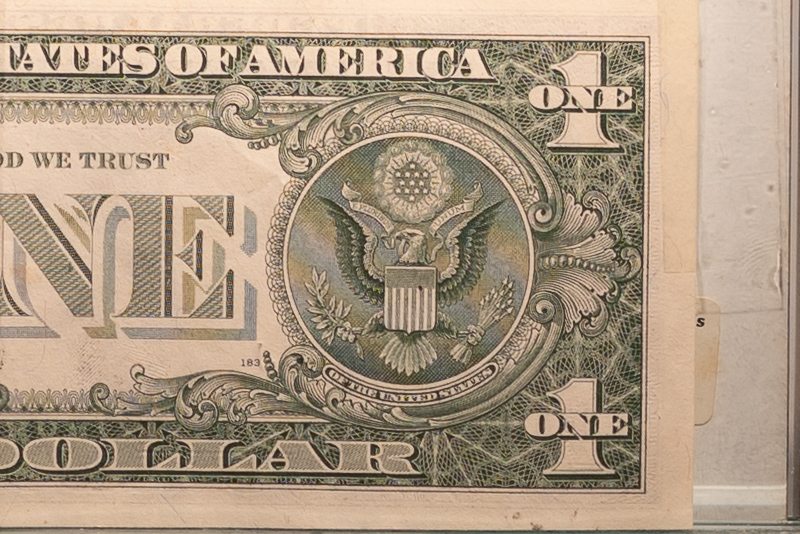
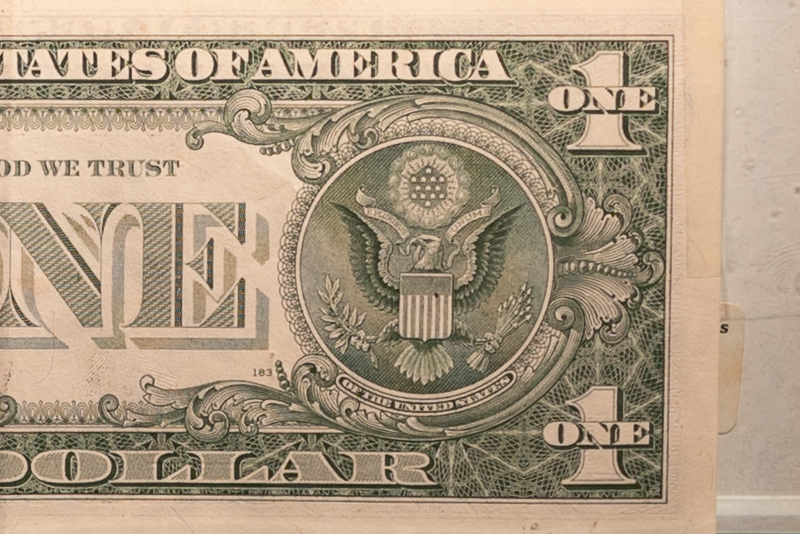
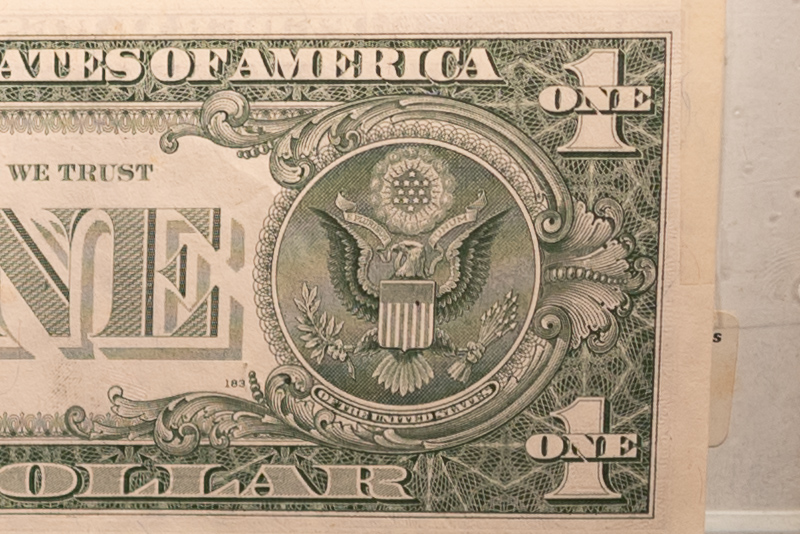



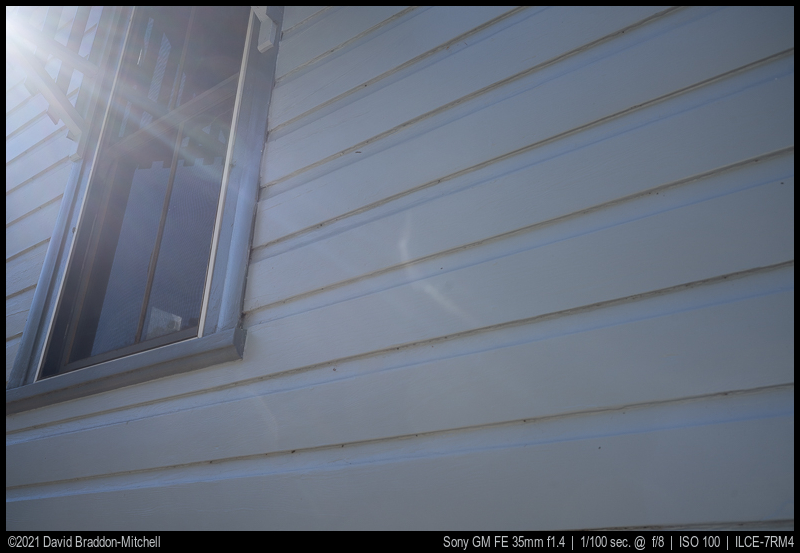

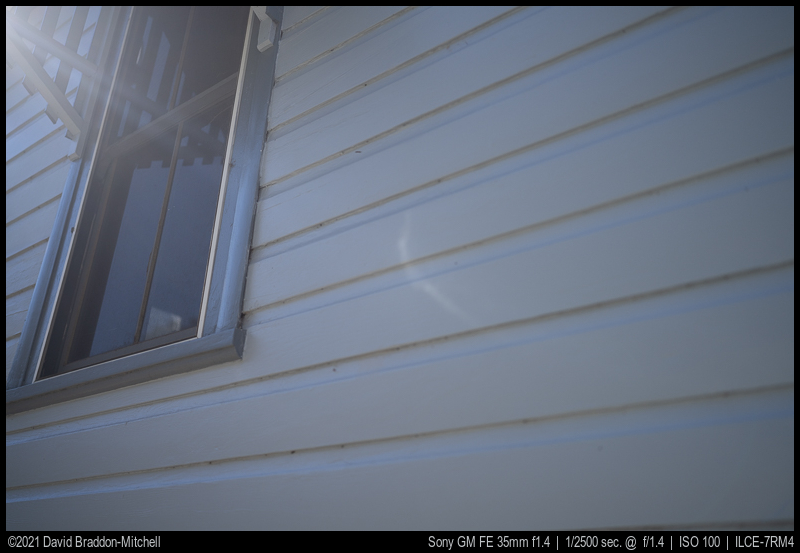
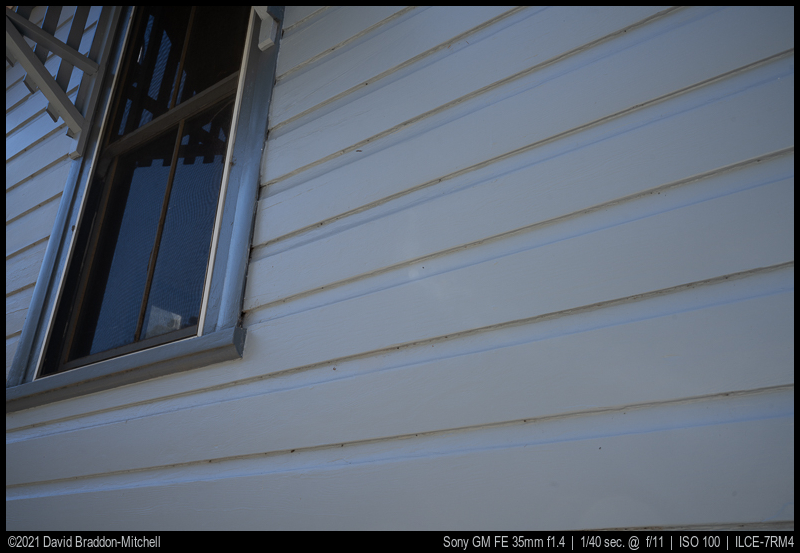
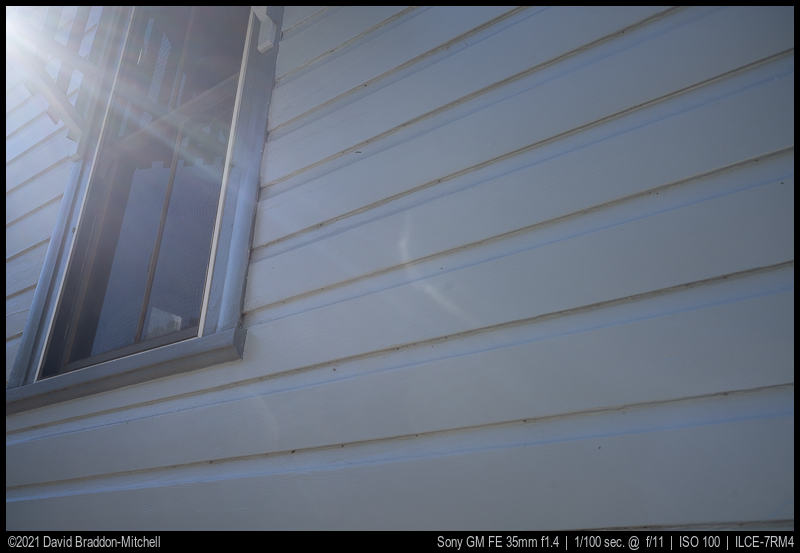
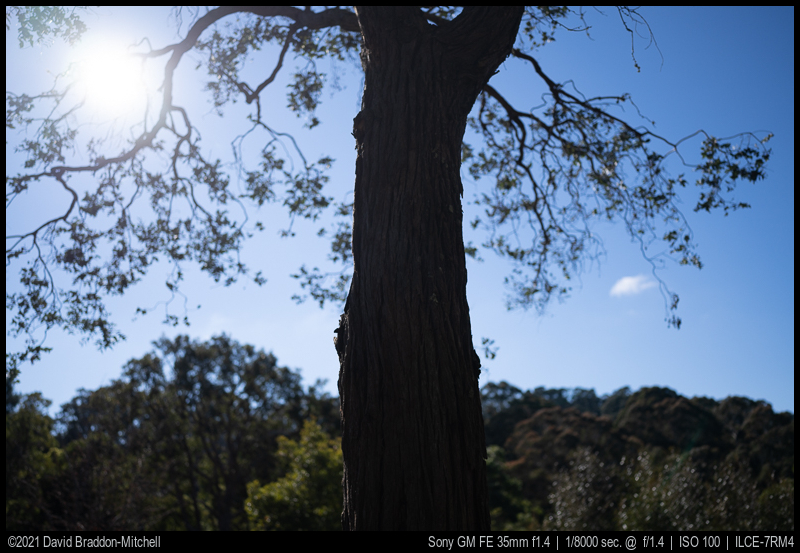
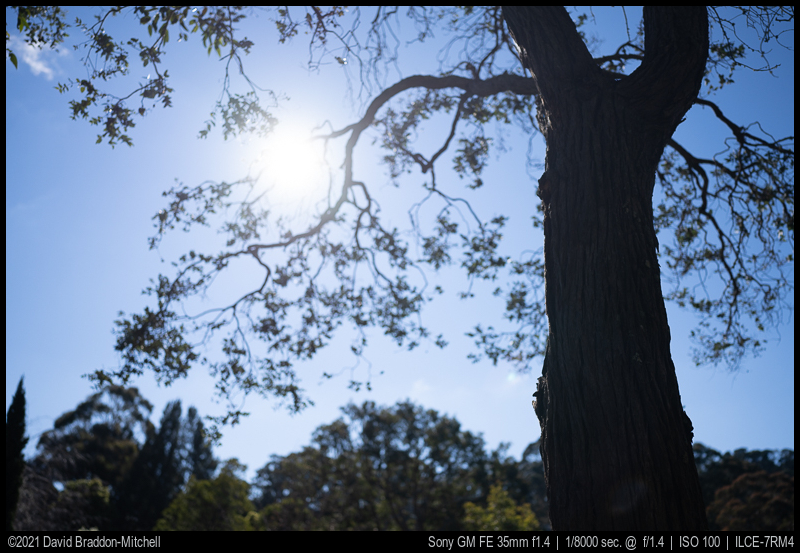
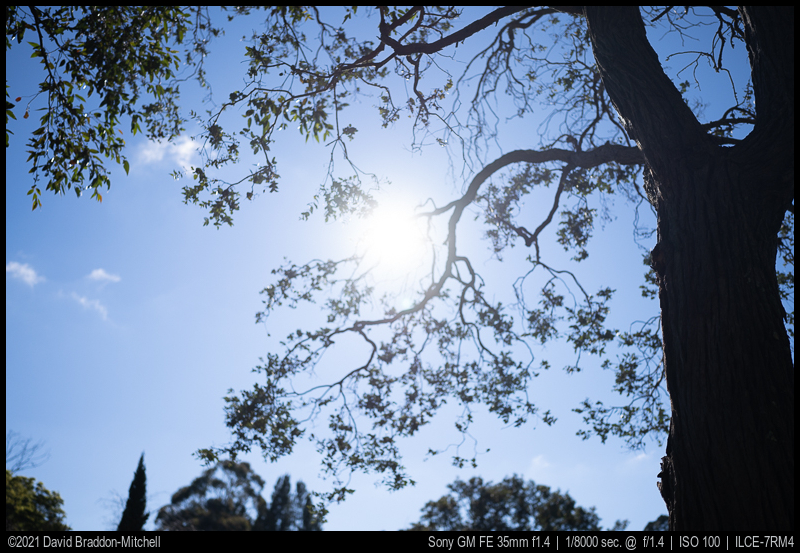

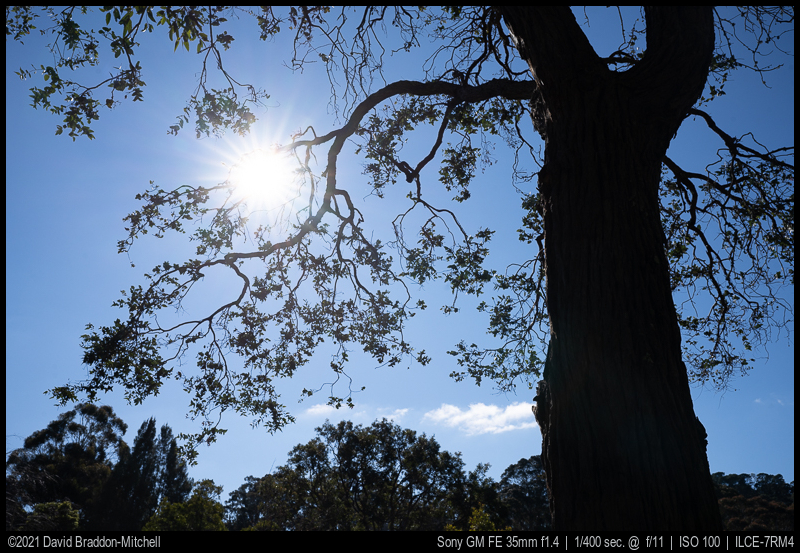
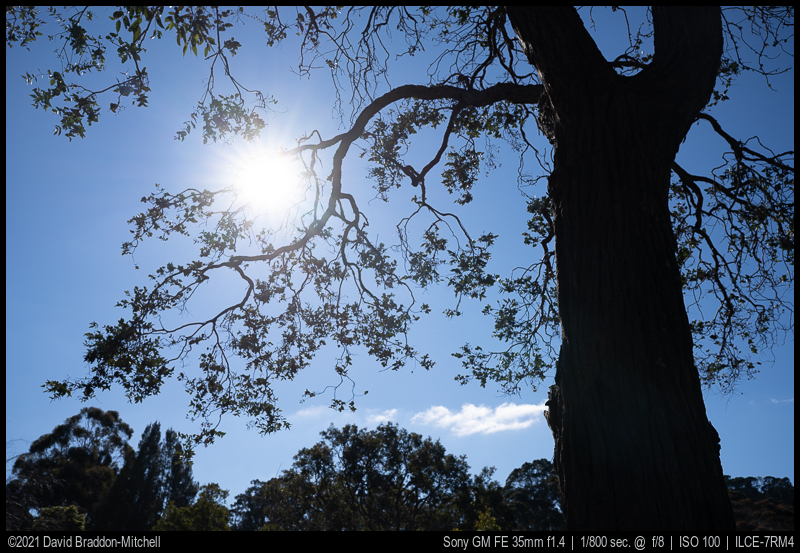
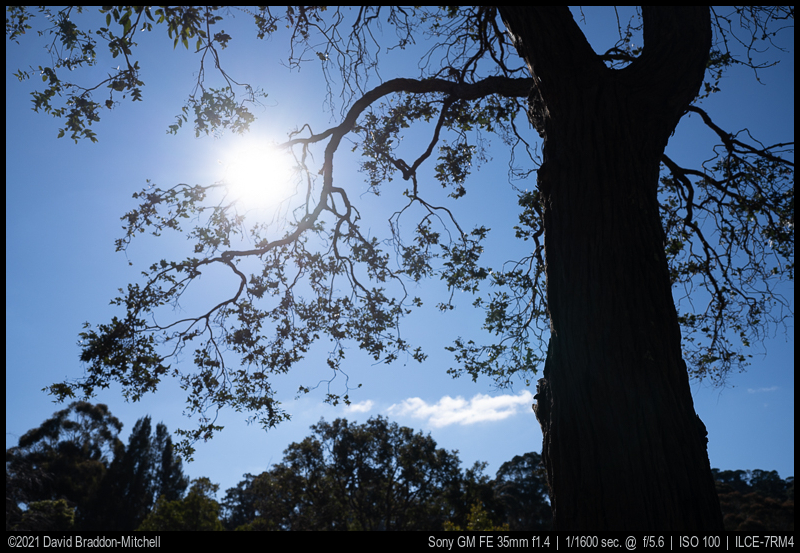
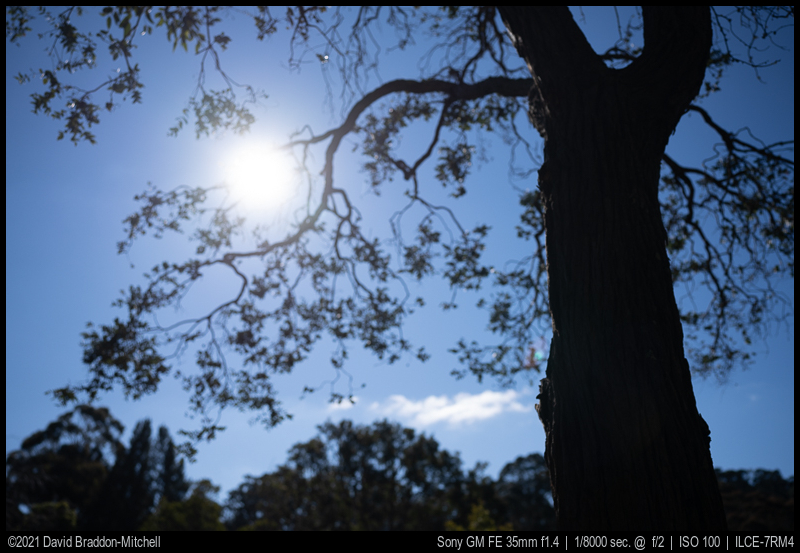
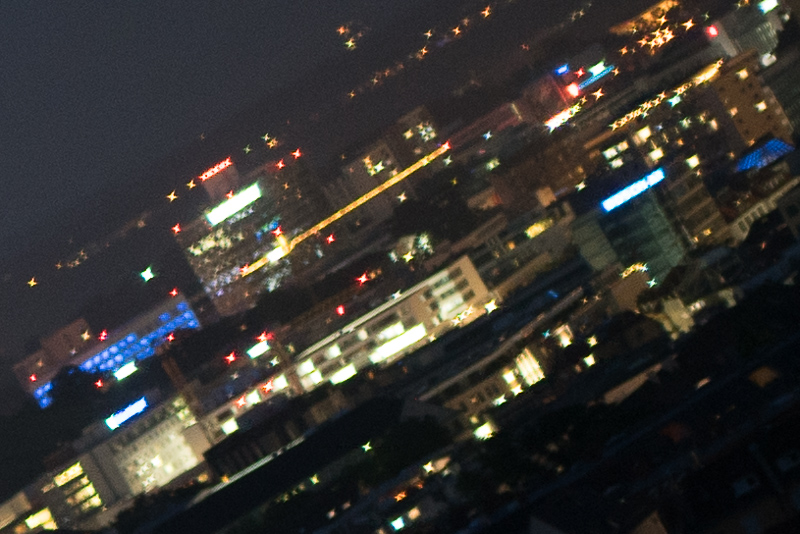

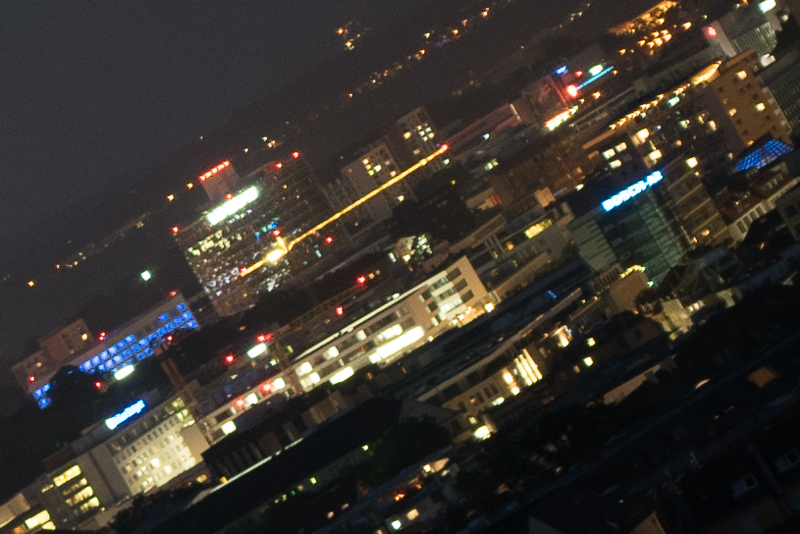
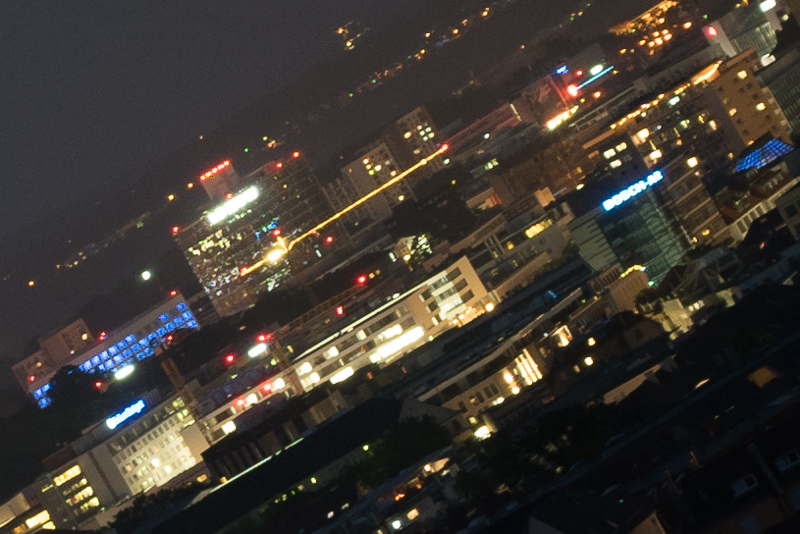
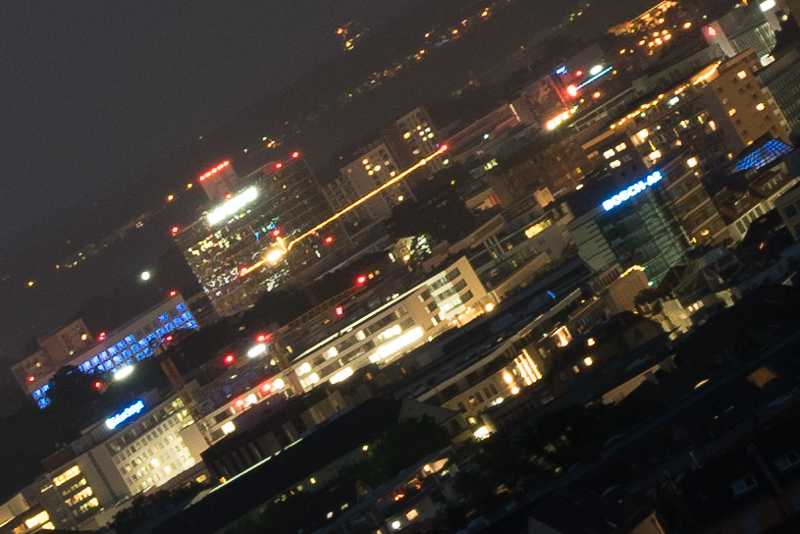

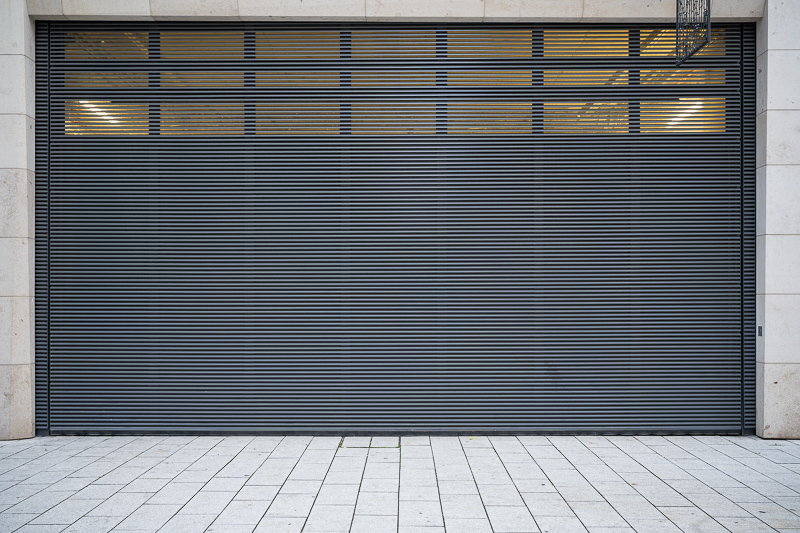
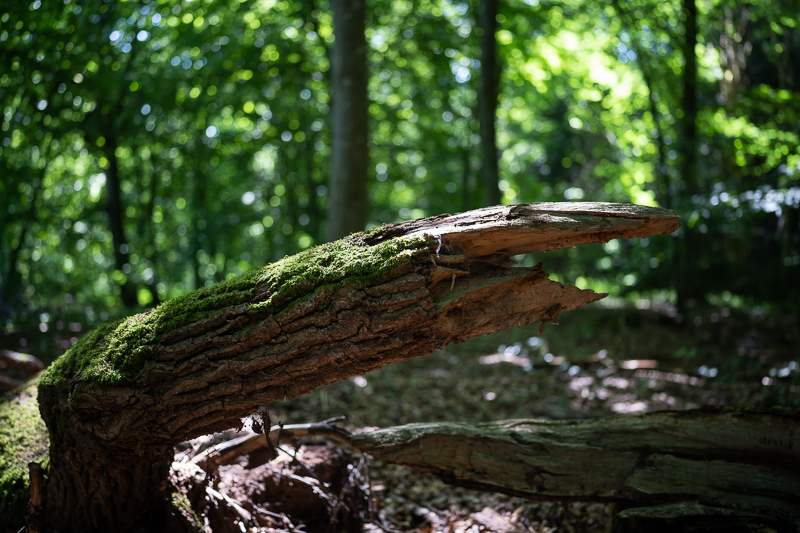
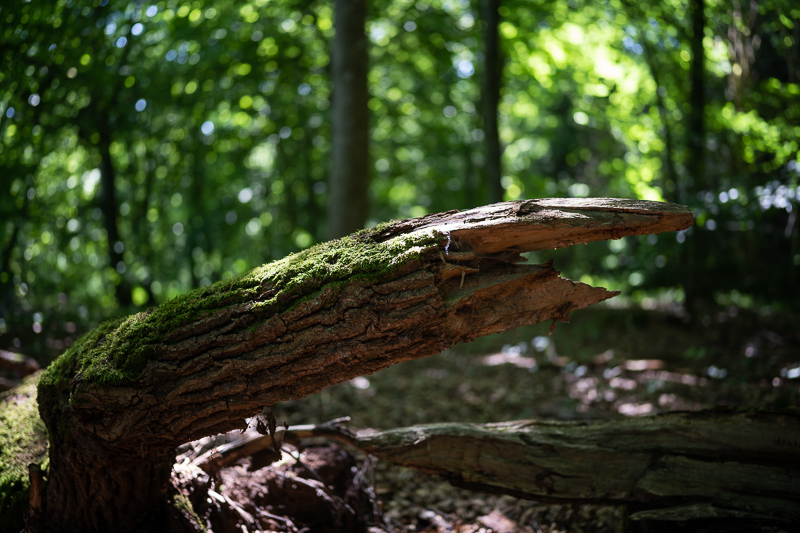

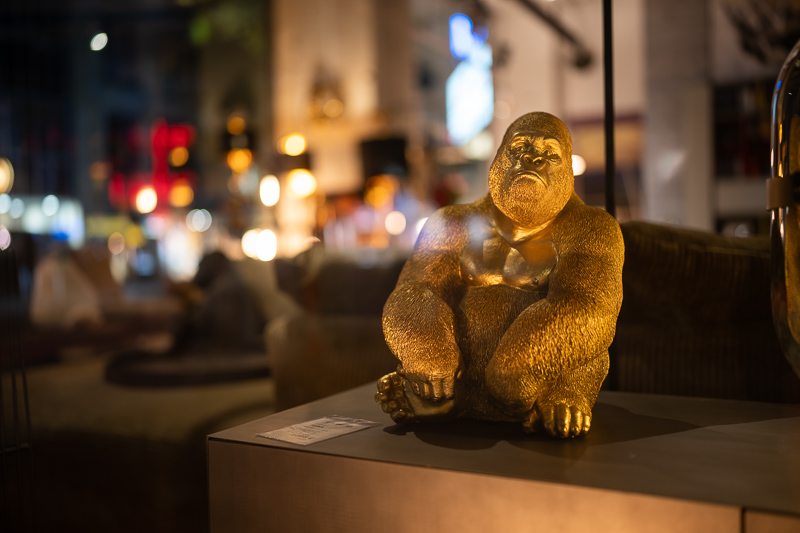
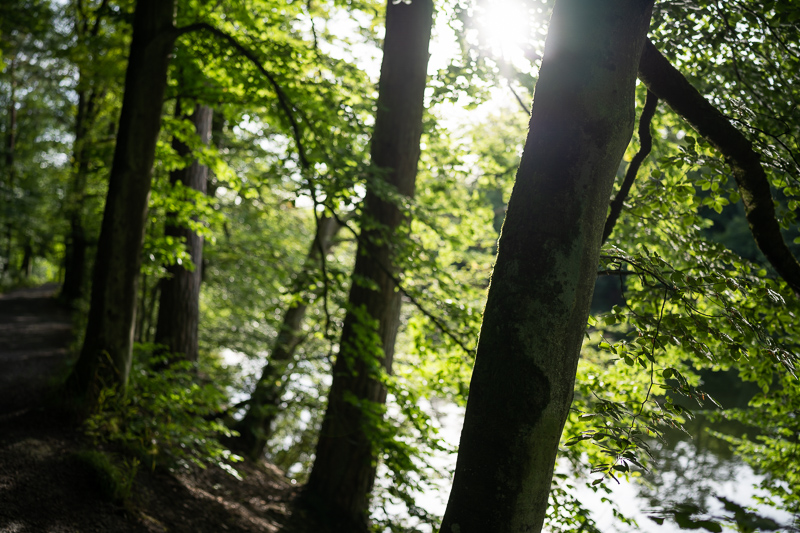
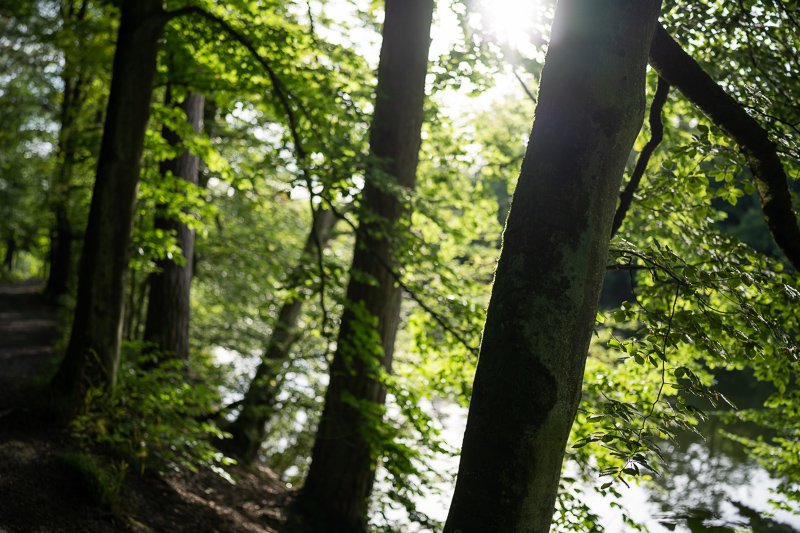
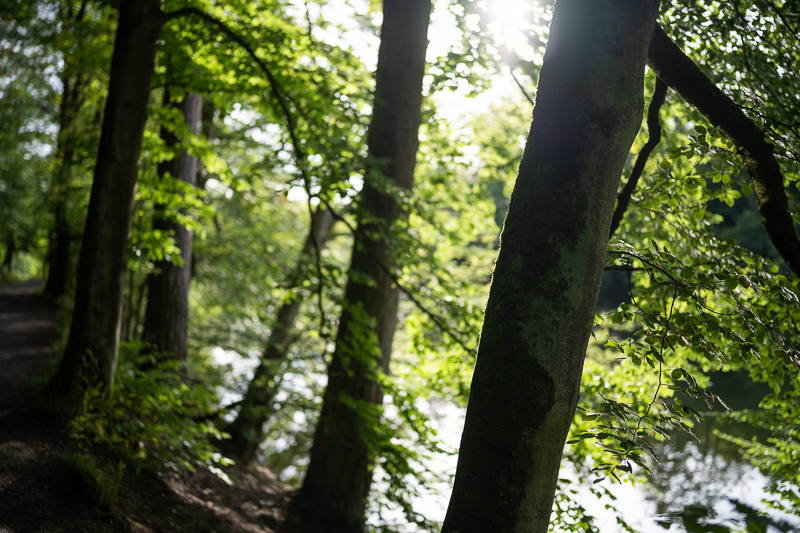
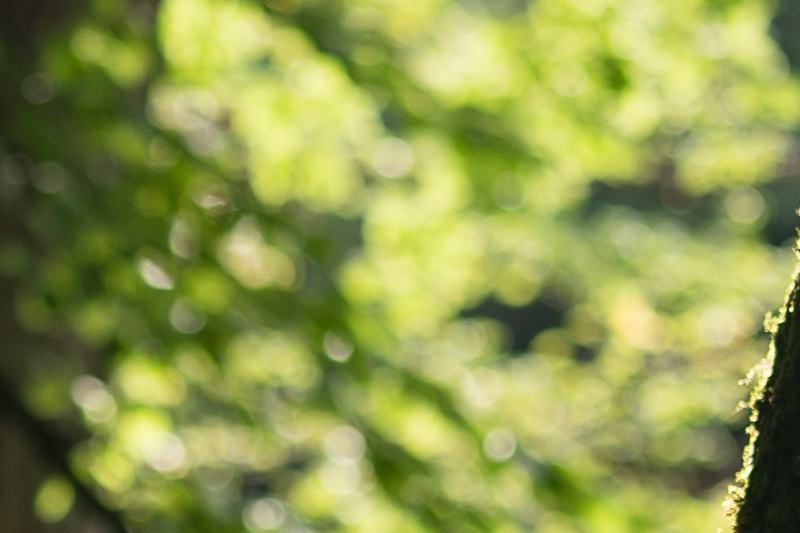
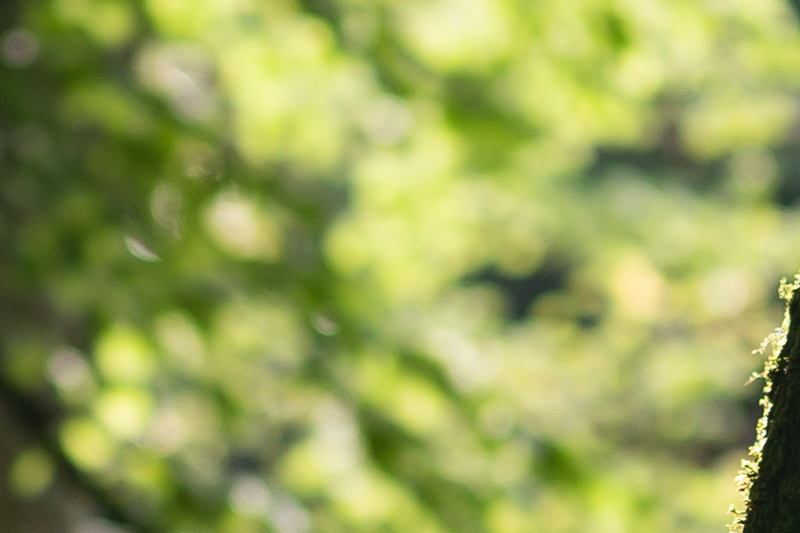
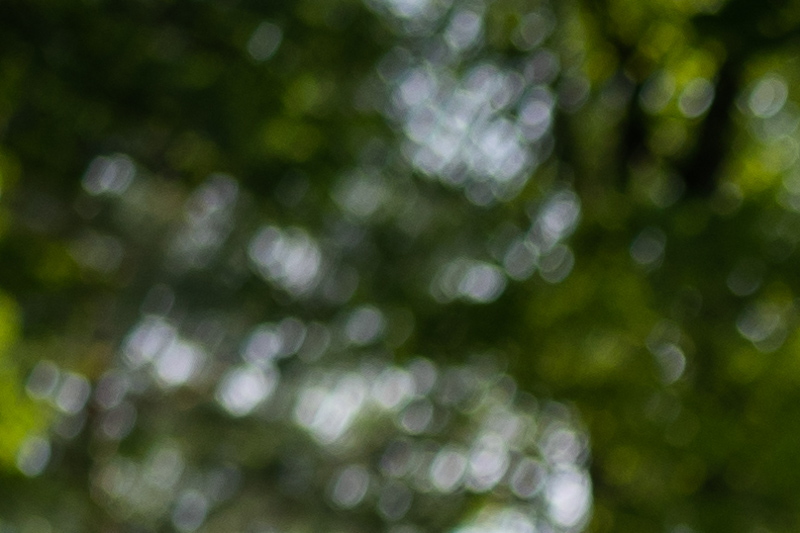
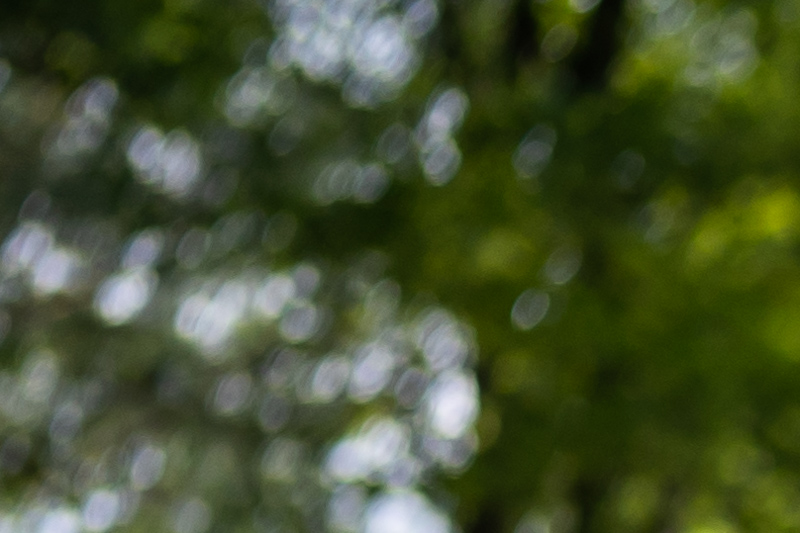
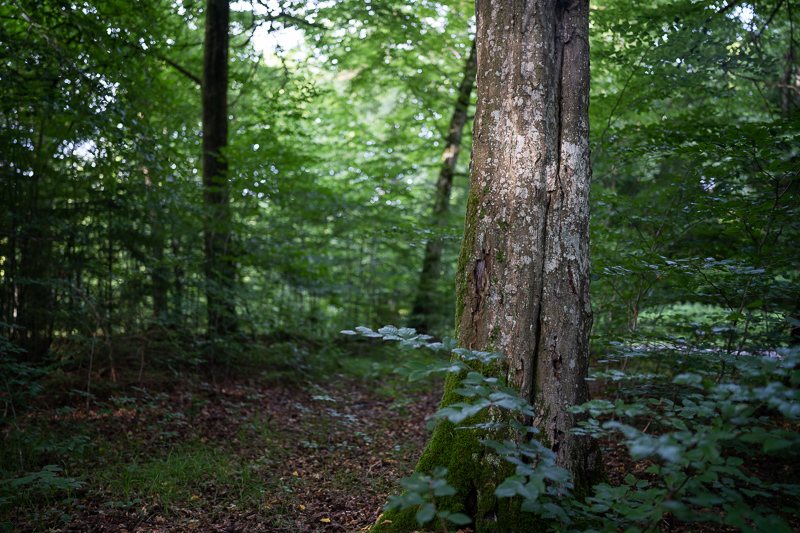
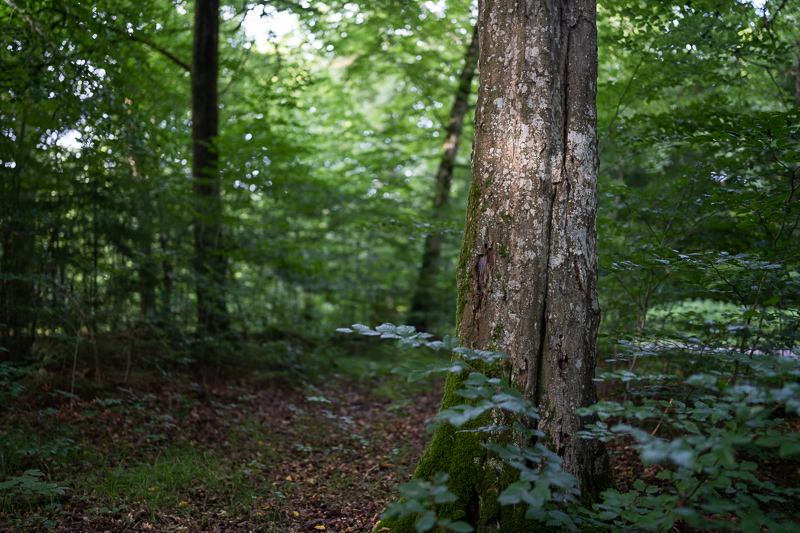
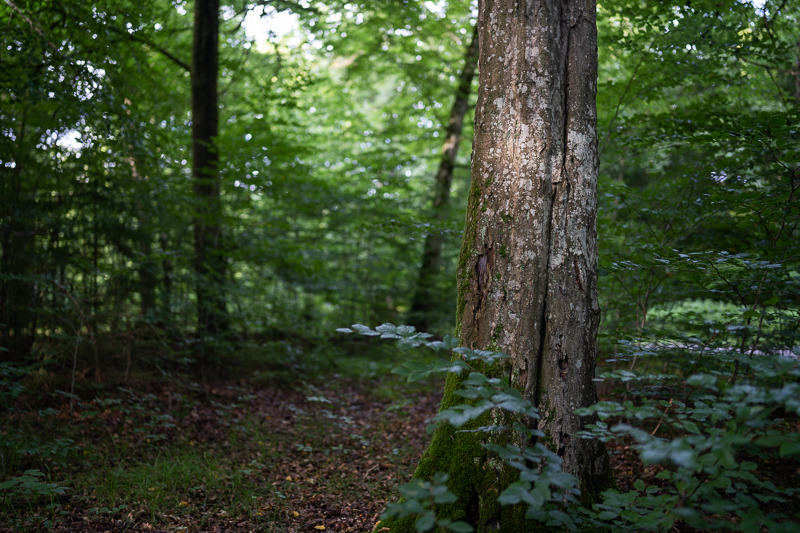
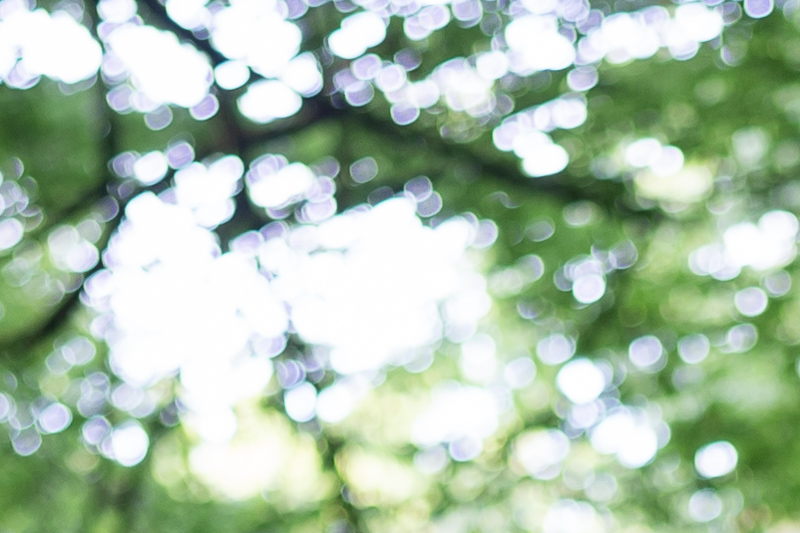
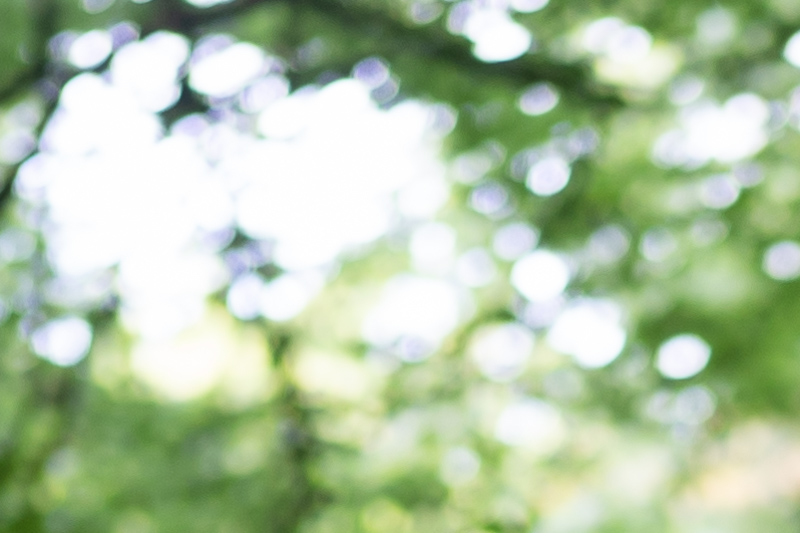
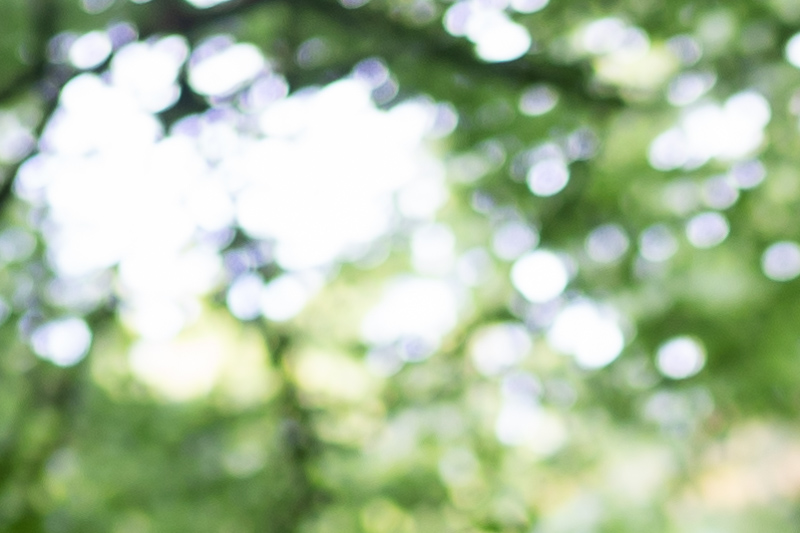
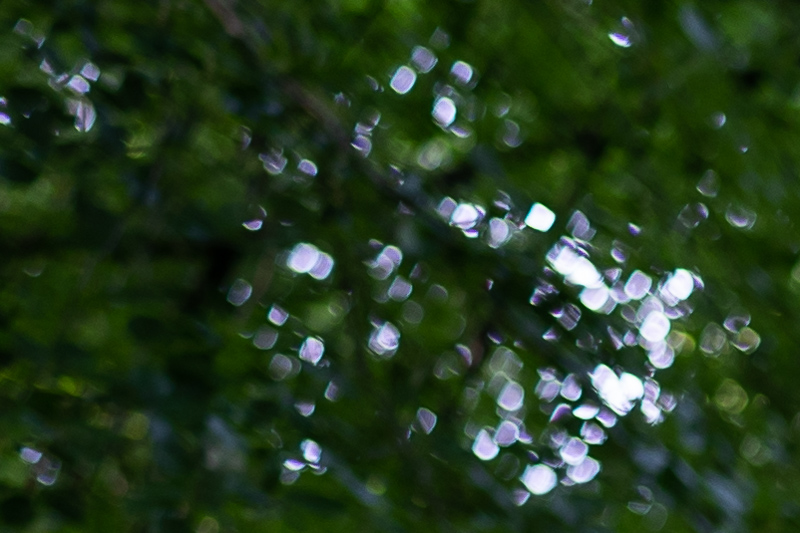
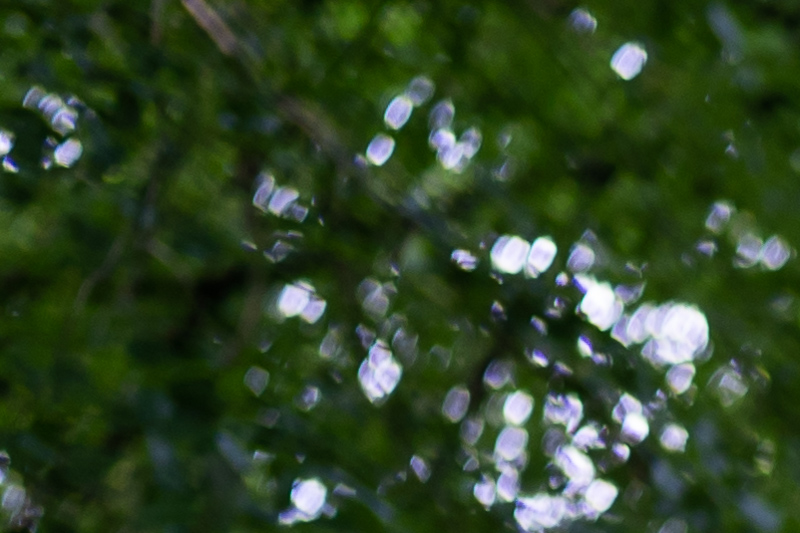
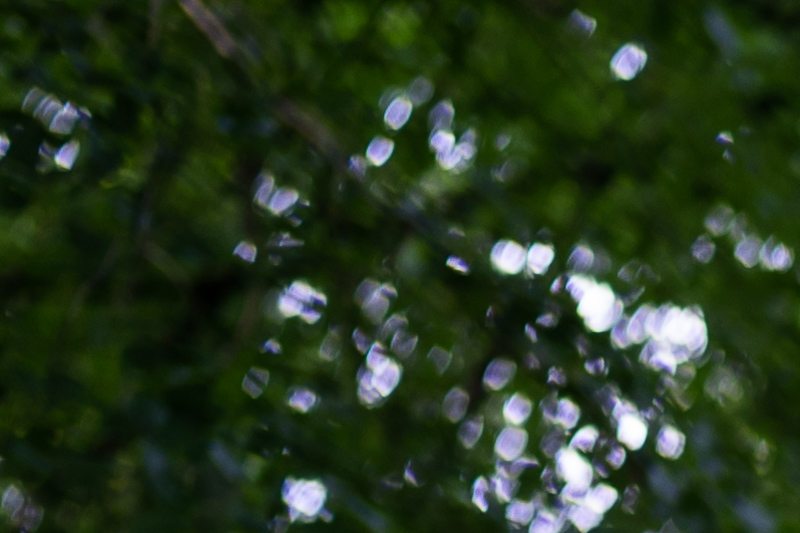
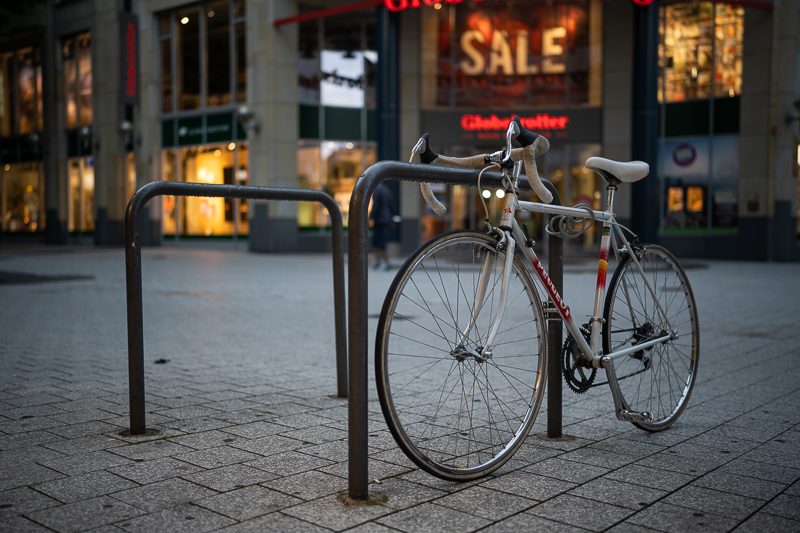
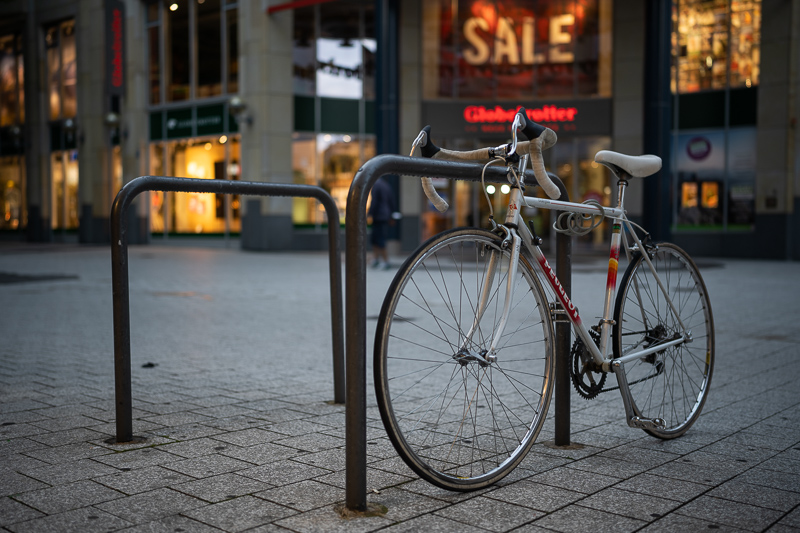
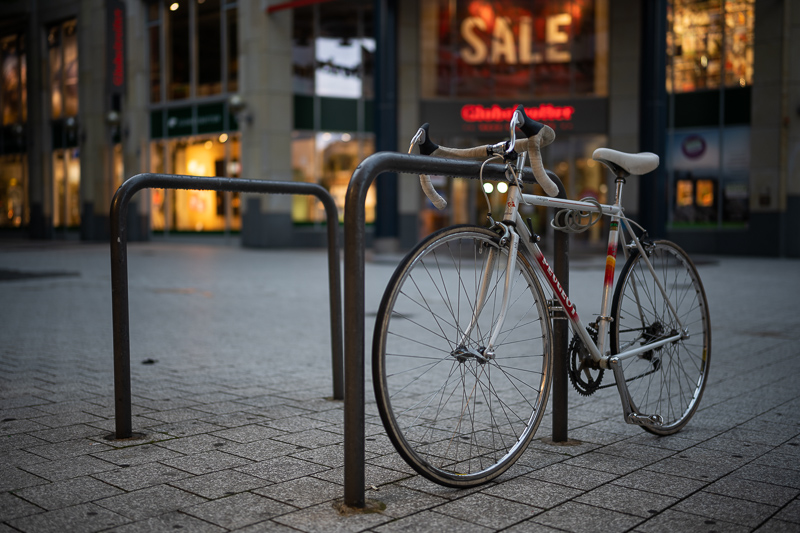
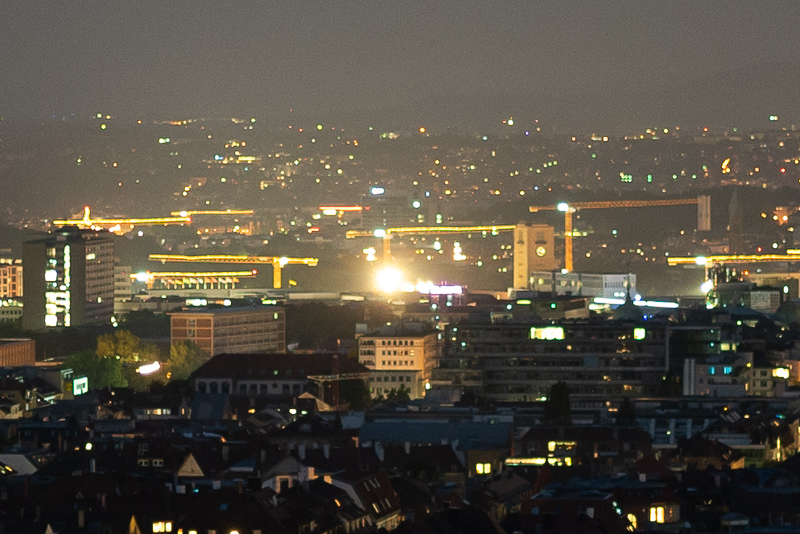



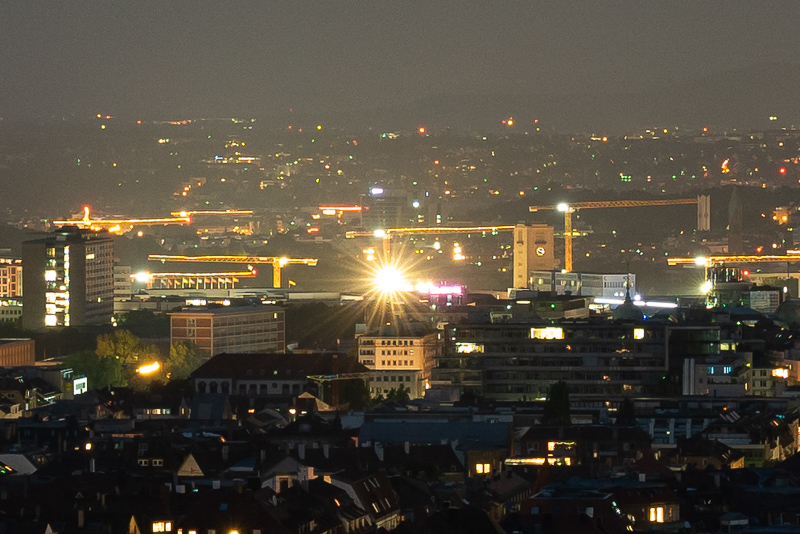
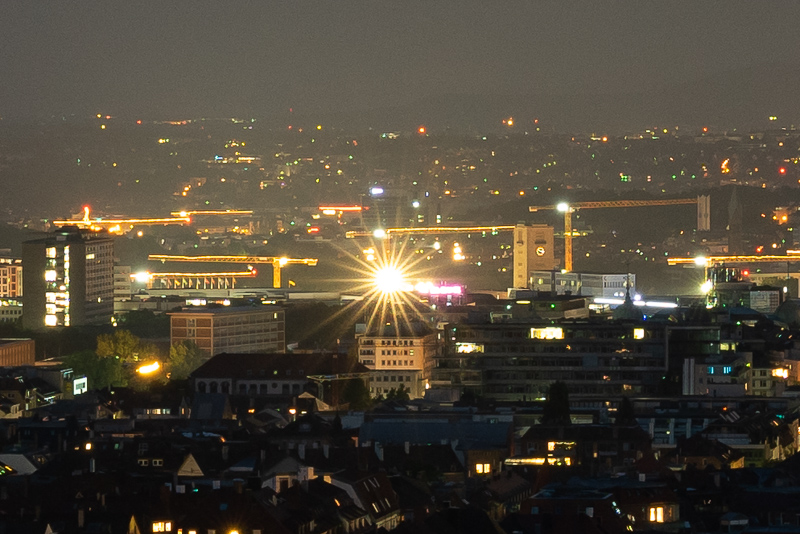
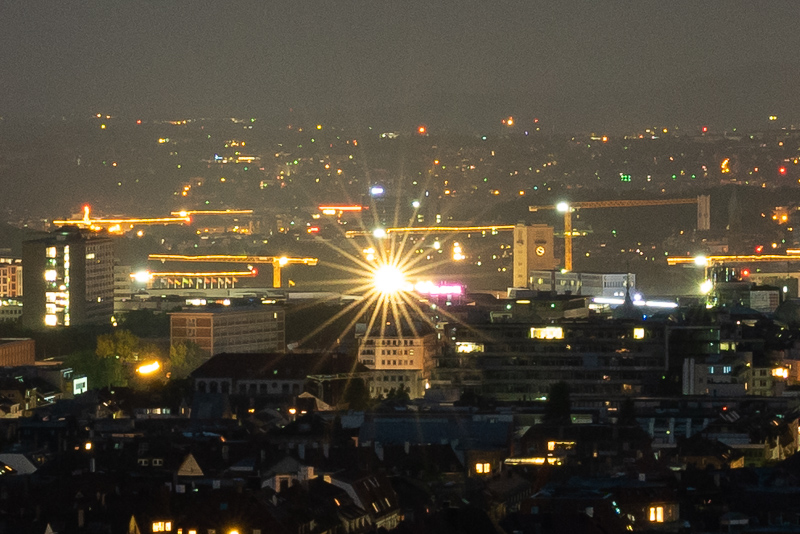
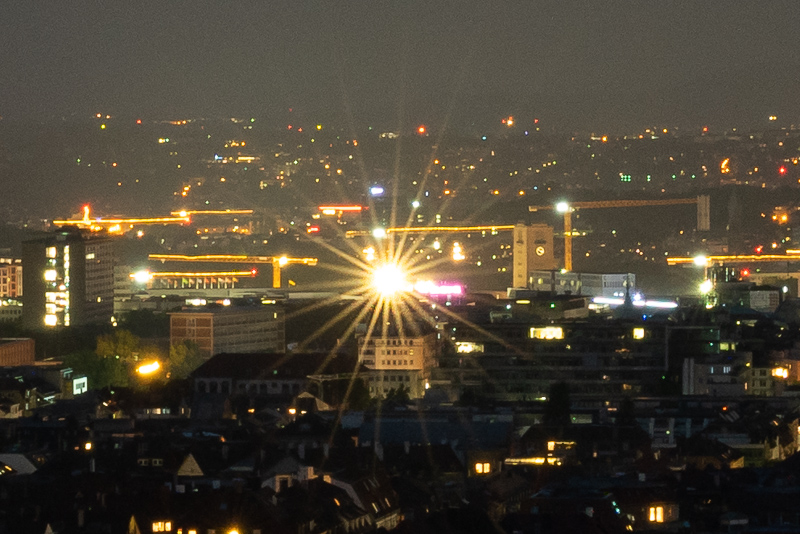
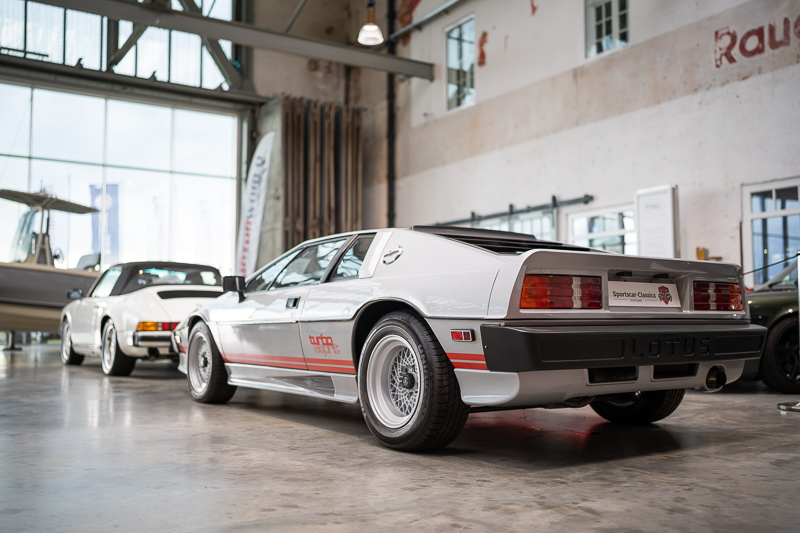

considering the Sony 1.4/35 GM is half the size/weight it gets remarkably close in performance to the Sigma 1.2/35 DG DN, so for me the Sony is the clear winner.
That’s my take. But for some specific purposes I can imagine someone going with the Sigma. If you were a wedding photographer and drive to the actual wedding you might find that the bokeh gave your images a touch of difference from the competition that made it worth the size. But for most of those who can afford it the GM is a great recommendation. For those wanting to save, the new Sigma 1.4 is an interesting option that none of us has tested yet…
From what I’ve heard and seen the new Sigma 35/1.4 DG DN is plagued by some pretty bad LoCa and close-up image quality.
The 35GM does seem like an amazing all-round lens. I’d be interested, but I think the price here in euros is a little bit prohibitive if you compare it against the dollar price.
From flare resistance to performance at mfd and bokeh rendering and physical size which all combined should induce pick-me-up this does seem like the best current 35mm for Sony FE, where price isn’t a factor.
Where it is a factor (Europe) the Sigma 35/1,4 DN is often precisely half the price of the GM. This Sigma is physically larger, has more bokeh fringing and by most accounts performs less well near mfd. But the difference in cost is half a year of diesel for someone who drives on the weekends in a country where diesel is relatively expensive.
(Swedish prices: Sony 19000 SEK, Sigma 9500SEK)
Hah, I replied with similar thoughts to you above before reading your post..
Indeed, the money difference is big.
The older sigma is really good lens as well.
Personally I am looking at used Voigtlander 35mm 1.2f II lenses, really want that different look it gives. These modern beats might give perfect results over the whole frame, but sometimes it doesnt look natural and too clinically sharp, some of them also give less appealing results in black and white.
For what it’s worth I briefly auditioned a Sigma 35/1,4 DN as a reputable store had a flash sale on this particular lens (the 35/2 DN has been out longer and not had a sale like this yet) and my impression was that it certainly seemed sharp enough in the center wide open and near mfd and I didn’t see a lot of CA even on cat whiskers. Unfortunately the specimen was decentered, even at f/5,6 the left side was blurrier than the right side, kinda visible, so it was returned.
One ergonomy thing: the way it tapers from narrow to wider and how its width forces your left wrist to bend to accomodate it forced me to support the lens with my left nuckles because otherwise the wrist started hurting after a while. That might be highly subjective, I’ve not experienced it with any other lens though, even slightly larger like the 90G. I wonder if the 35/1,4 GM is the same.
i miss the sigma 35 1.5 dg dn review in this comparison… otherwise great for those of u, who shoot 35mm! 🙂
I would say Sony has the edge where it needs it to compete with the competition. I believe it should have better AF performance as well considering that it is a native Sony lens. Comma corrections look nice, the lens is usable from 1,8f onward. The weight is considerably lower and dimensions as well. This is huge cut compared to Sigma 1,2f.
The bokeh difference is really small, looking at the images it barely noticeable even comparing side by side images.
With regards to bokeh, I seem to recall in other reviews/comparisons the GM having less cat’s eye than the Sigma when stopped down to f2-2.8… Am I remembering wrong?
Oops sorry, glossed over the optical vignetting section (tho it seems to confirm this to an extent), I’ll read the review from top to bottom now!
It’s a nice lens no doubt but I am honestly underwhelmed. It passes all of the pixel-peeping online review tests but the thing that is most important for me is the general rendition of the lens which I think this lens does not do well. It the same reason I got rid of my FE 85mm f1.8 and Tamron 28-75mm. The images just look lifeless and 2D. This seems to be the case with all of the “impressively sharp” sanitized optics of today. The bokeh is also not that great IMO. I much prefer the Sigma’s bokeh. In terms of the overall rendition, even though Sigma brand lenses traditionally are not necessarily the go-to example of smooth and lively rendition, I think Sigma 1.2 even does this much better! Before any of these I would honestly rather have a voigtlander Apo 35mm f2, 40mm 1.2, or even the loxia 35mm f2 which will all be smaller, cheaper, and much more beautiful than the GM. even if they are slower or less sharp. The V APO 35mm f2 has impressive sharpness while retaining it’s beautiful rendition. If I want really great bokeh for portraits, many slower lenses I own have great bokeh even if there is less quantity. If I want more subject isolation I can grab a longer lens.
The CV APO 35/2 is awesome, but the bokeh is a little harsh.
I totally agree with you, I decided to pass this 35GM and stick with my Voigtlander 35 F2 APO ( Mainly for landscape) and the Sigma 35 F2 ( for environmental portrait and everything that back ground separation and Bokeh matters) . I was hoping this 35GM can replace both and make the bag lighter, but after playing with one, it’s not the case.
Still waiting on that Voigtlander 35mm f2 APO review guys… 😜
One excellent lens is autofocus and and faster, but also notably larger and heavier than its manual-focus counterpart. While I would certainly enjoy reading a review here, David laid out an excellent rationale for choosing between the two new 35mm lenses:
“The only class of Sony shooter (aside from those on a tight budget) for whom I’d recommend a different lens is someone who almost only shoots landscape, and almost never people. They should buy the CV Apo Lanthar 2/35 and get a slight weight and size reduction, and nicer sunstars at some apertures, and the pleasure (for at least some of us) of using a true helicoid lens. Everyone else who can afford it: just buy [the Sony 35 GM.]”
I’m in the “only class of Sony shooter” to whom David would recommend the 35mm APO-Lanthar. The lack of a thorough review here was somewhat ameliorated by these reviews:
https://www.fredmiranda.com/forum/topic/1695782/0
https://www.lenstip.com/610.1-Lens_review-Voigtlander_Apo_Lanthar_35_mm_f_2_Aspherical__Introduction.html
This size comparison (with the Loxia standing in for the slightly larger Voigtlander) also influenced my decision:
https://j.mp/3xZICQ2
The Voigtlander is a terrific lens.
Fantastic review, thanks for sharing
Yes, excellent review. I (mostly) agree with your assessment of it, as well as David’s take on when the Voigtlander Apo-Lanthar 35mm might be advantageous.
For me, and I suspect most others who can swallow the GM price, this GM is the best compromise, though “compromise” hardly seems to be the correct word for a lens this good.
I did have to swallow hard to spend this much on a 35mm, but at my age, probably the last 35mm I’ll ever buy. And since a 35mm + 85mm pairing is often a good abbreviated kit when I don’t want to be too loaded-down, or the centerpieces of a larger kit when I’m willing to bring more, I want both of those focal lengths to be multi-purpose (so, with AF) for more-active subjects, and as good optically as is reasonably possible.
For someone wanting a 35mm for hiking-landscape use (so, relatively lightweight , and very good performance at landscape apertures), yet with AF (for other more active uses), and lower cost than the GM or Apo-Lanthar, I’d guess that either the Tamron 35mm f/2.8 (which this site previously tested) or the Sigma 35mm f/2 DG DN would be the best choices. It’d be interesting for you to do a shoot-out between those two.
I do notice (from specs, not ownership) that both the Sigma and Tamron do hold one potential advantage over the Sony GM: a non-linear manual focus with much-greater focus ring rotation (when turned slowly) that could be advantageous for manual focus bracketing and then stacking, since (as far as I know) Sony still doesn’t provide that capability on any camera.
According to The-Digital-Picture.com, the Sigma provides 750 degrees of focus throw, while the Tamron does 2340 degrees, against only 120 degrees for the Sony 35mm f/1.4 GM.
The Tamron goes down to a 1:2 magnification (an advantage in itself), but it’s not clear how much of its very long throw is used at its closest distances and how much is available at distances that correspond to the focus ranges of the other lenses. Additionaly, the Tamron is supposedly a PITA to focus manually because of mechanical/electronic focusing imprecision, including hysteresis (and your review said “sometimes the focus change isn’t continuous but happens in jumps”), so unless one needs the greater magnification or the budget price of the Tamron, the Sigma f/2 may be the best choice of the two for manual focus, and manual focus bracketing. I don’t know how the Apo-Lanthar focus rotation angle compares.
https://www.the-digital-picture.com/Reviews/Lens-Specifications.aspx?Lens=1540&LensComp=1469
I’d probably go manual if the intent is to focus stack with something lightweight (tho if you’re carrying a tripod… I digress), but one alternative with the GM is to use the Sony BT remote, which might actually move the focus in too short increments for many… It’s a kludge of a workaround but not too much worse than some of the other focus bracketing/remote solutions.
it is a spectacular lens, but I find I get better shots with the Sony 35mm 1.8 because it’s so much lighter and easier to shoot one handed, much less obtrusive, and more enjoyable to use.
The bokeh difference can be matched with 2 minutes in Lightroom/Photoshop with AI depth masking and a slight adjustment in texture, clarity and spherical glow of the background bokeh.
For me my GM lenses sit on the shelf and I’m using the Sigma f2 contemporary and Sony G f2.4 primes
I would be very interested to hear more of that.. especially how do affect spherical glow in a RAW developpper.
KR
Very impressive. Still using my 35mm 1.7 Voigtlander mainly due to size. I don’t have much of a need for this level of performance, but hard to argue with those results.
Hey guys thank you for amazing review!
Did you have a chance to compare it against Batis 40.
Nevertheless of price.
Just a render quality.
Never been a fan of the Batis 40mm 2.0.
Don’t particularly like the rendering nor do I accept a lens that overrules me deciding if I want to stop down or not.
My choice: the Batis 40 CF, light, fast, sharp, close focusing, well weather sealed, and a huge deep hood which helps keep rain off the front element. I only wish it made better aperture stars but when that’s anticipated I may have in my bag a Loxia 21 or 35, or the CV 50 Apo-Lanthar.
Bastian must have the sharpest copy of the sigma 35 1.2 in existence, it’s a beautifully rendering lens, I ended up having both the sigma and the GM for a bit.(which I purchased because of this review) I ended up finding the GM to be significantly Sharper in the center and in the corners. In the end i only kept the GM because I thought the bokeh of the GM was more to my taste believe it or not.
Hey Bastiank,
Thanks for your amazing review! Perhaps 35GM is the best 35mm in Sony FE lens system up to now.
I just bought an A7C and I wanna purchase a prime lens for it. Now I am considering 24GM or 35GM. I enjoy street photography and hiking (landscape). In my opinion, 24GM is more suitable for landscape and 35GM suitable for street. But I can create panorama to get a wider view for landscape if using 35GM. So I prefer the latter one.
And, what’s your suggestion for the choice between 24GM and 35GM? I am also curious about your opinion (if I only choose one lens).
I think 35mm is the better choice here.
With the 24mm, if you are looking for pictures with shallow depth of field, you have to get so close to your subject, I find the distortion too high in most cases.
You might also consider adding a compact not that fast wide angle lens like the Voigtländer 21mm 3.5 E to have a wider option at hand for the hiking applications when you don’t need the fast maximum aperture anyway.
Maybe this article could also be of further interest.
Thanks for a great review, it’s so useful to have a thorough coverage of bokeh behaviour. Sadly I still haven’t found a 28 to 35mm option that I prefer to the rendering of my RX1r2, despite the now very dated handling. I wish they’d update that camera…
I just want to say, once again, “Thank you!” for your excellent reviews, Bastian. This review is spot on, just as with any other lens you have reviewed and which I know from personal experience.
After several years with the Loxia 35mm F2 (which is, at least for landscape etc., still a very useful lens, but begins to show shortcomings with the 42 Mpx or 61 Mpx of the α7R cameras) I finally switched to a good used copy of the 35mm F1.4 GM. There were three goals: (1) I wanted to reduce the boring time I spend with mitigating the Loxia’s weaknesses in post-production, e.g. with manually removing chromatic aberrations. (2) I wanted to make better use of the 61 Mpx of my camera’s sensor, because the Loxia often forced me to use small apertures like ƒ/11 at which diffraction already eats many details. (3) And I wanted to explore shallow DoF photography with a mild wide-angle lens, too (having used shallow DoF only with telephoto lenses before).
Your review gave me hope that the 35mm GM would allow me to easily achieve all three goals with a single lens – and exactly that is the case. The image quality of the 35mm GM is wonderful and the handling is a joy. Now I can take landscape photographs mostly just at ƒ/5.6 to ƒ/8, significantly reducing the diffraction; I spend far less time with boring tasks like CA removal; and shallow DoF photography at 35mm is really fun and opens many new photographic possibilites. And at the same time this lens is still not too big and heavy, so walking around with it is easy. Thank you very much again!
Glad you find my reviews helpful and you are happy with the lens!
Check out the rectangular metal Haoge hood on Amazon, for me it made the lens even nicer to handle, it extends the length very slightly but adds less overall bulk than the (very nice) round OEM hood, you never have to reverse or take off the Haoge (it bayonets on and a filter will even fit inside it), and personally I enjoy the push on metal cap it comes with.
I think it’s slightly more effective than the Sony hood too tbh but I’d have to test that impression to say for sure. I just ordered one for my 20/1.8 G as well, at first I wasn’t sold on the flared out design for that one (and the flat side-slide cap), but the fact that it’s shorter and doesn’t require reversing either sold me. I think they add to the look of these lenses tbh.